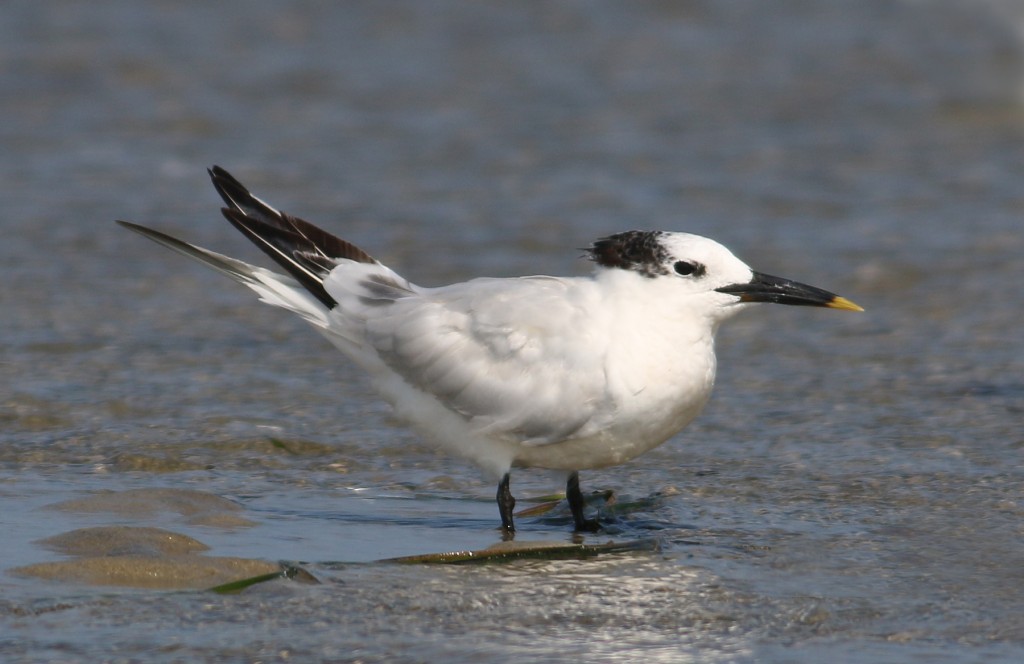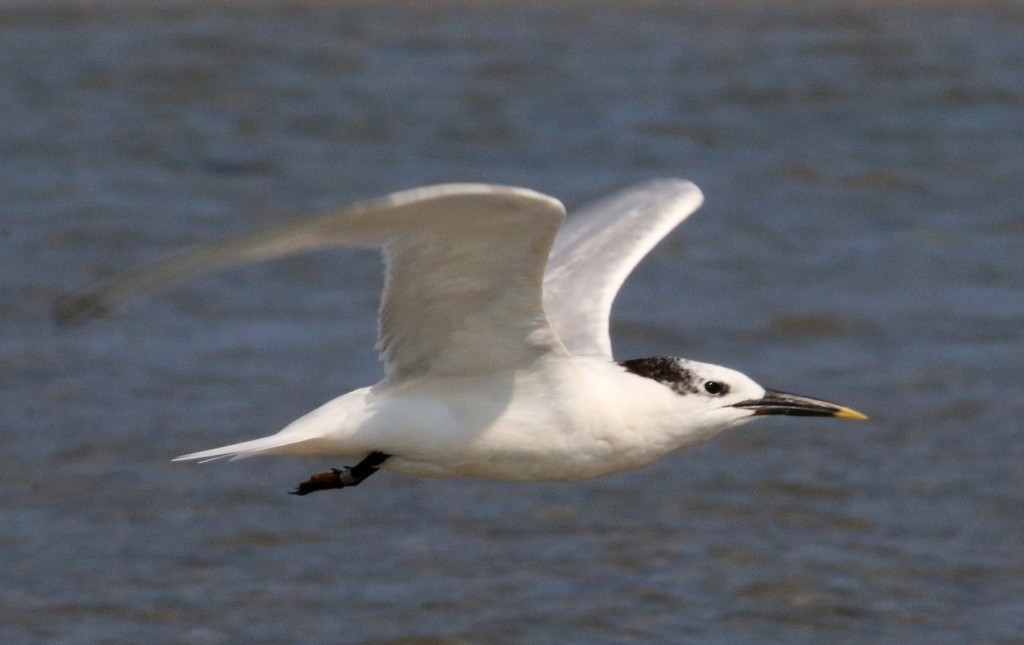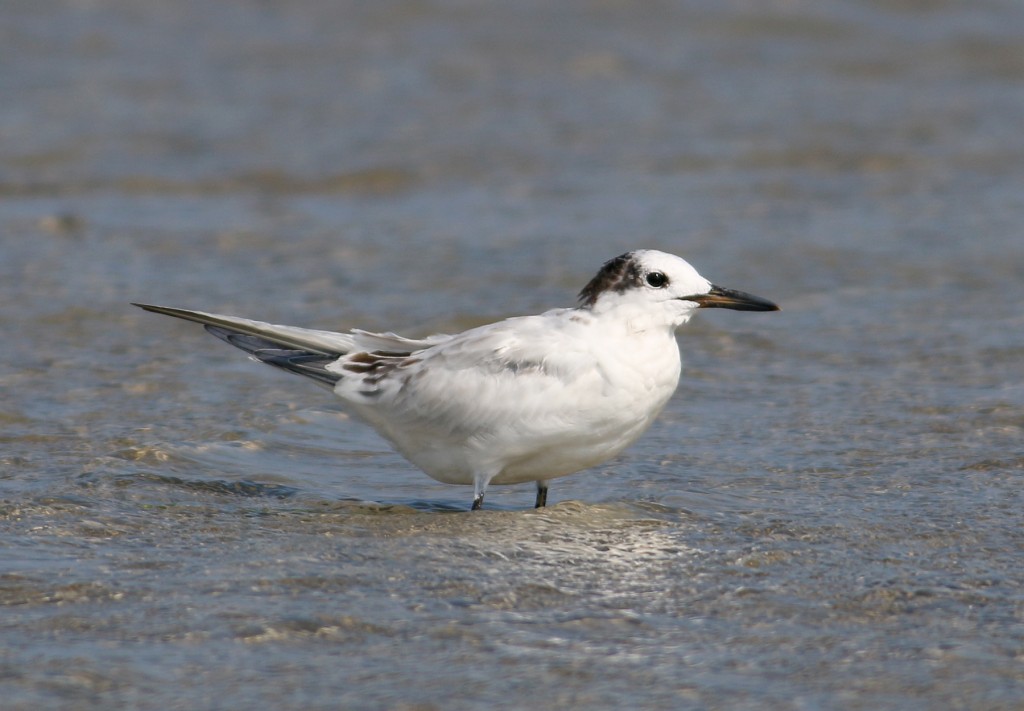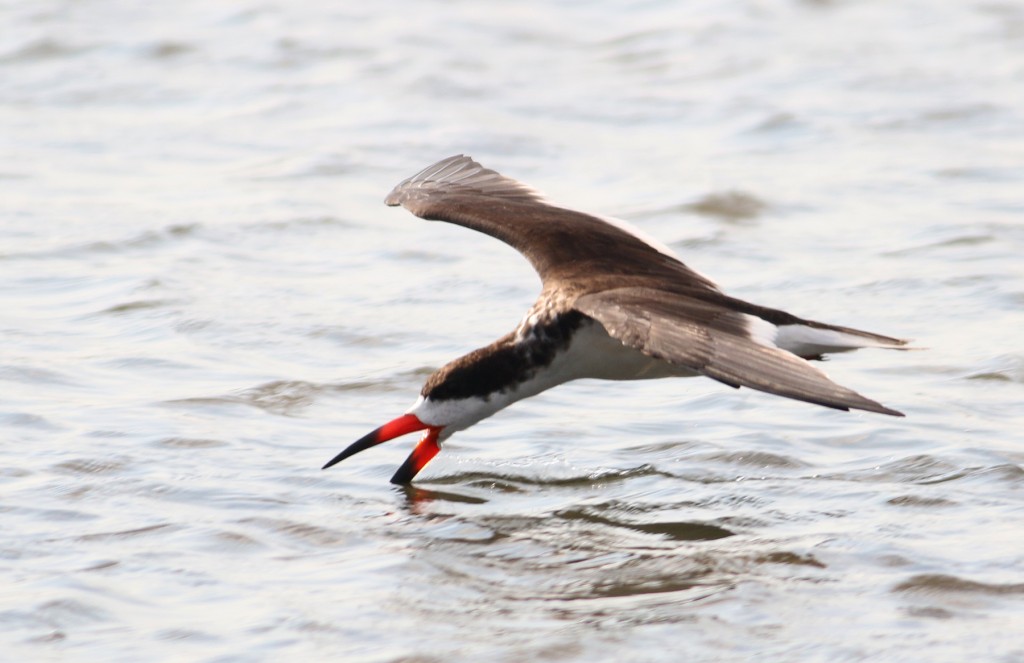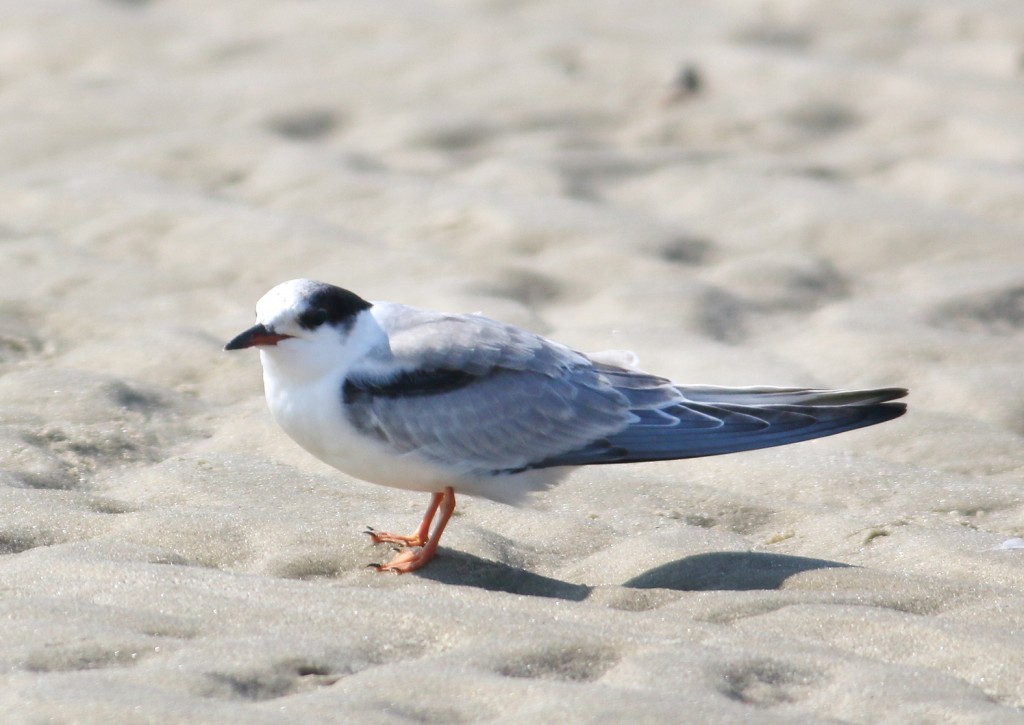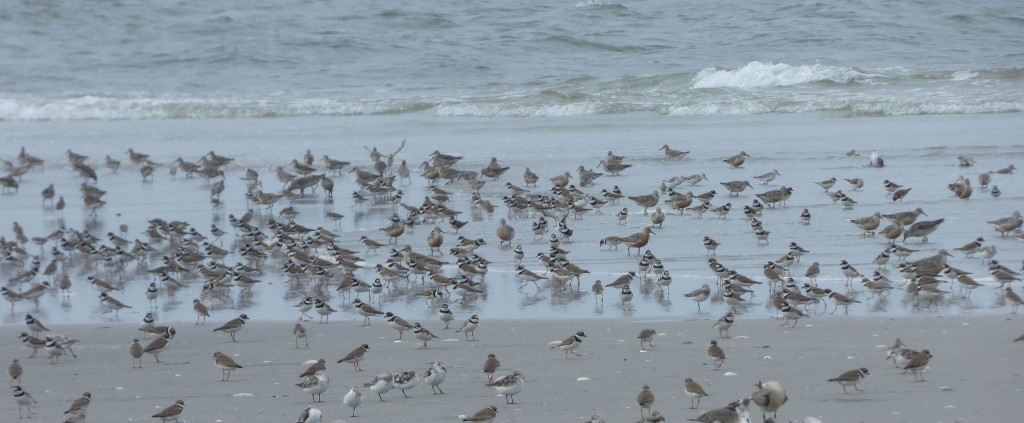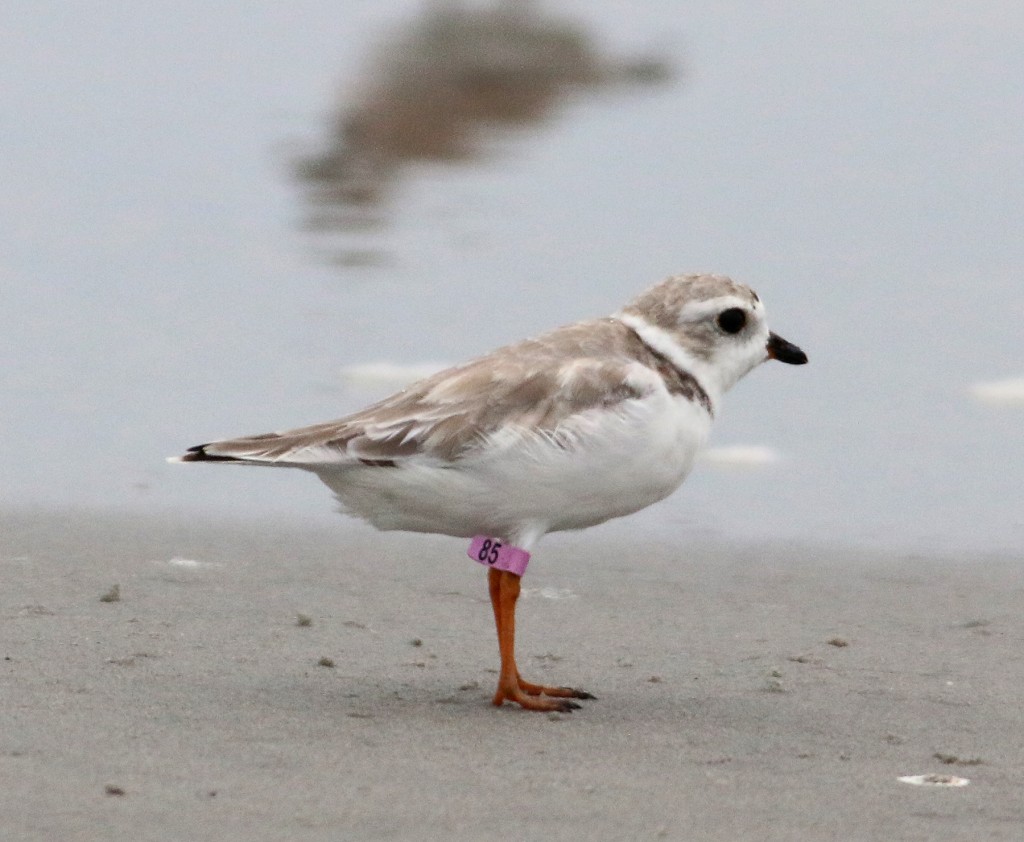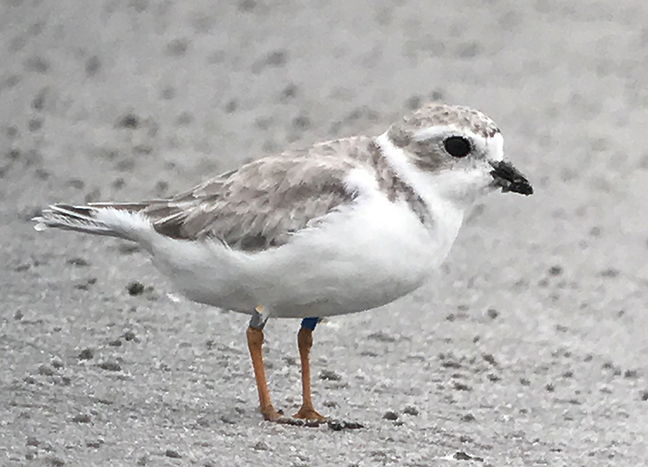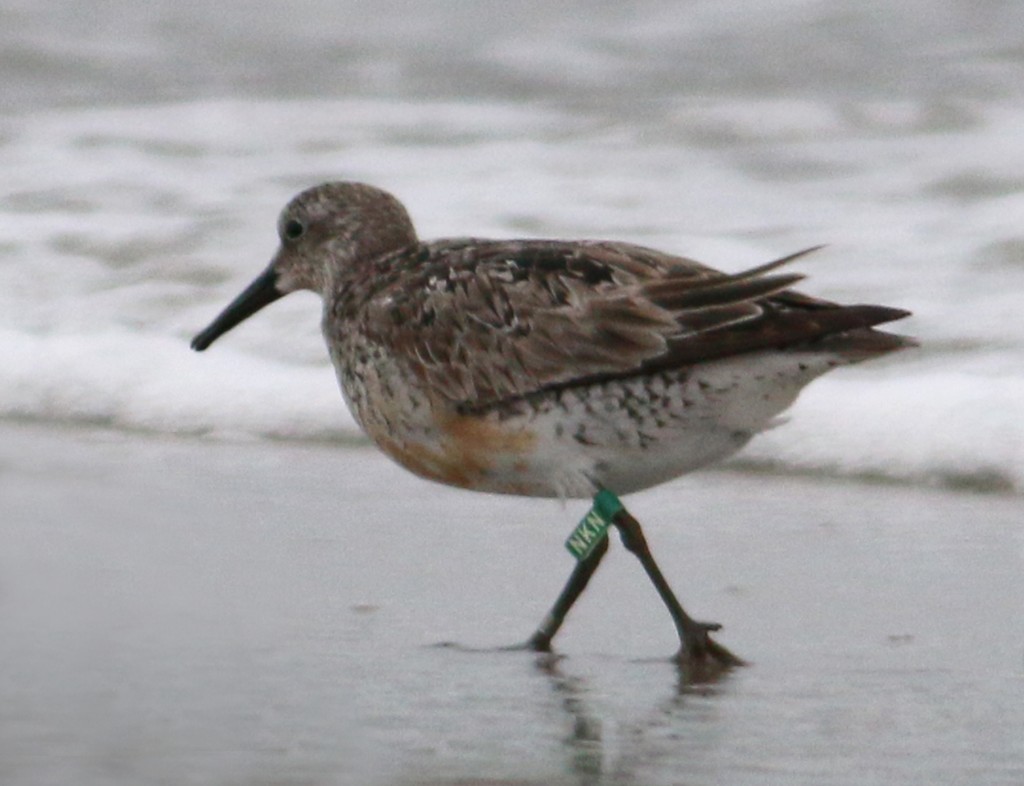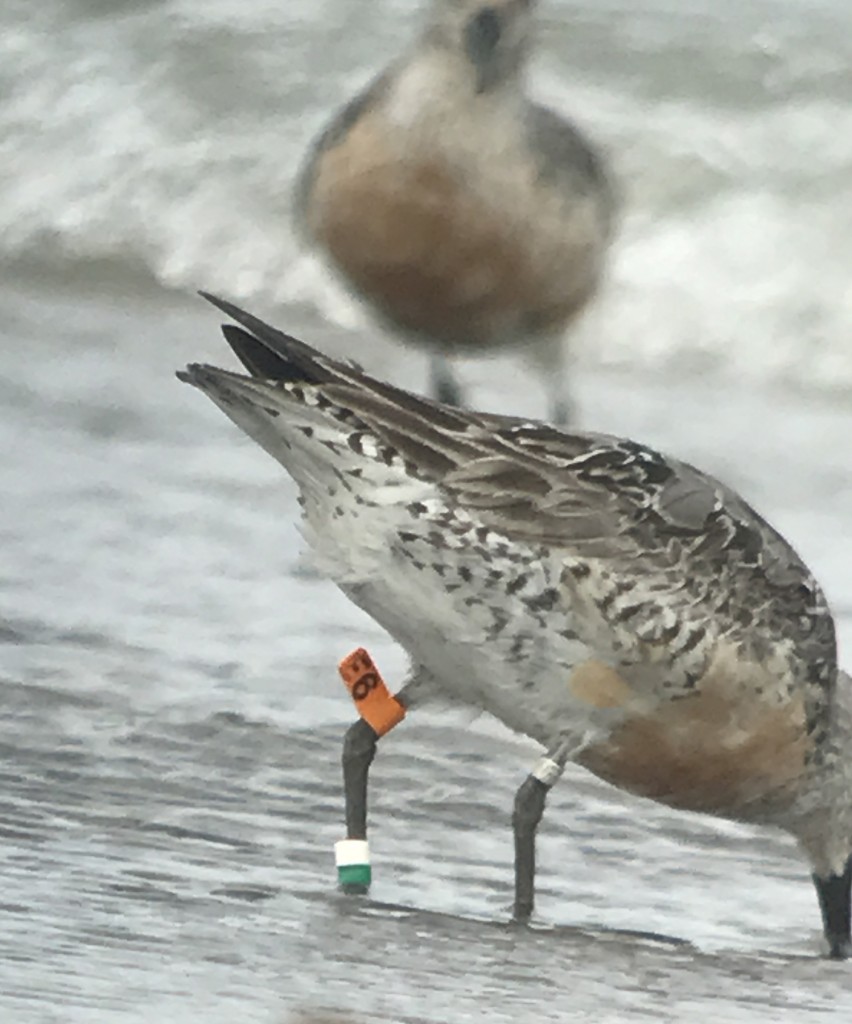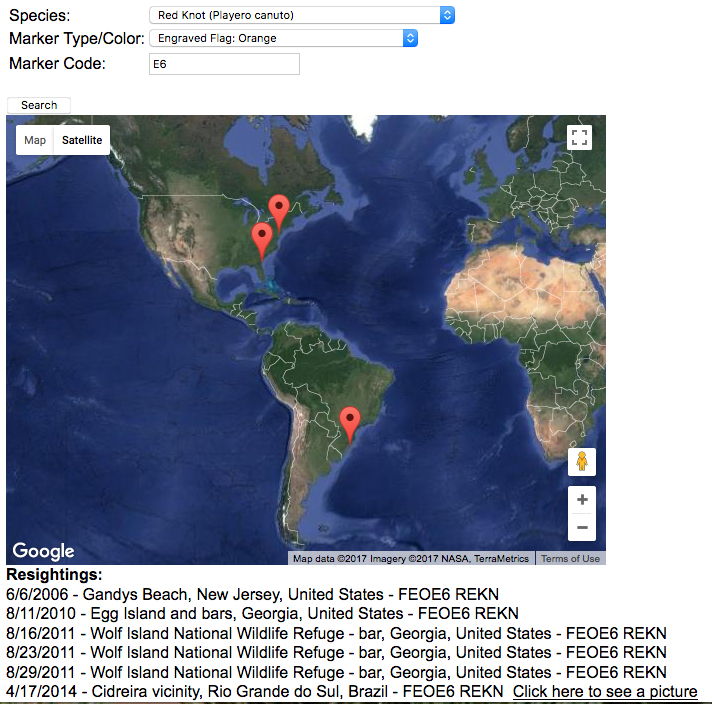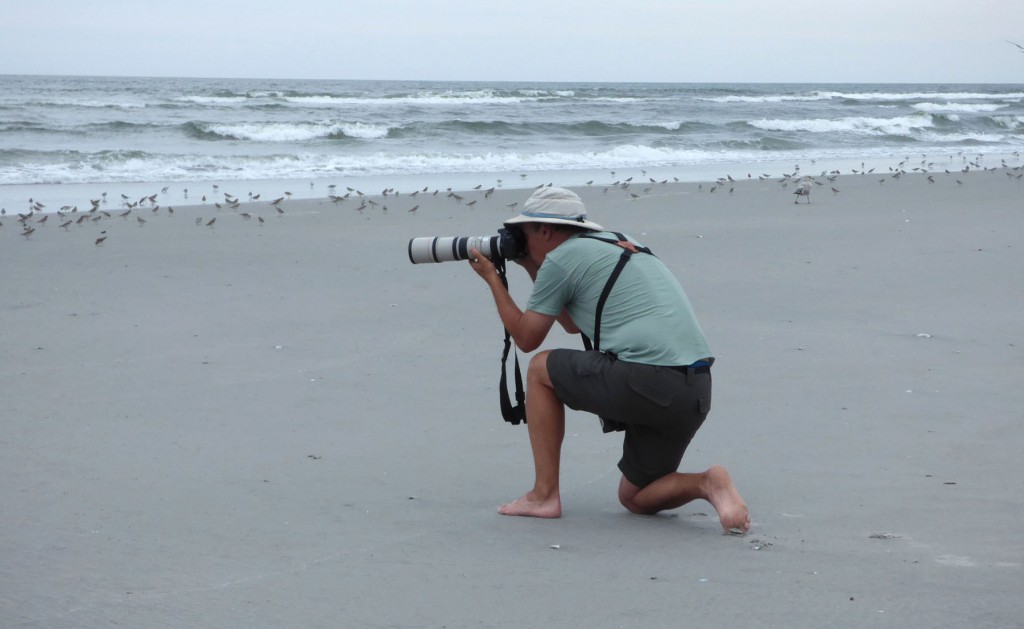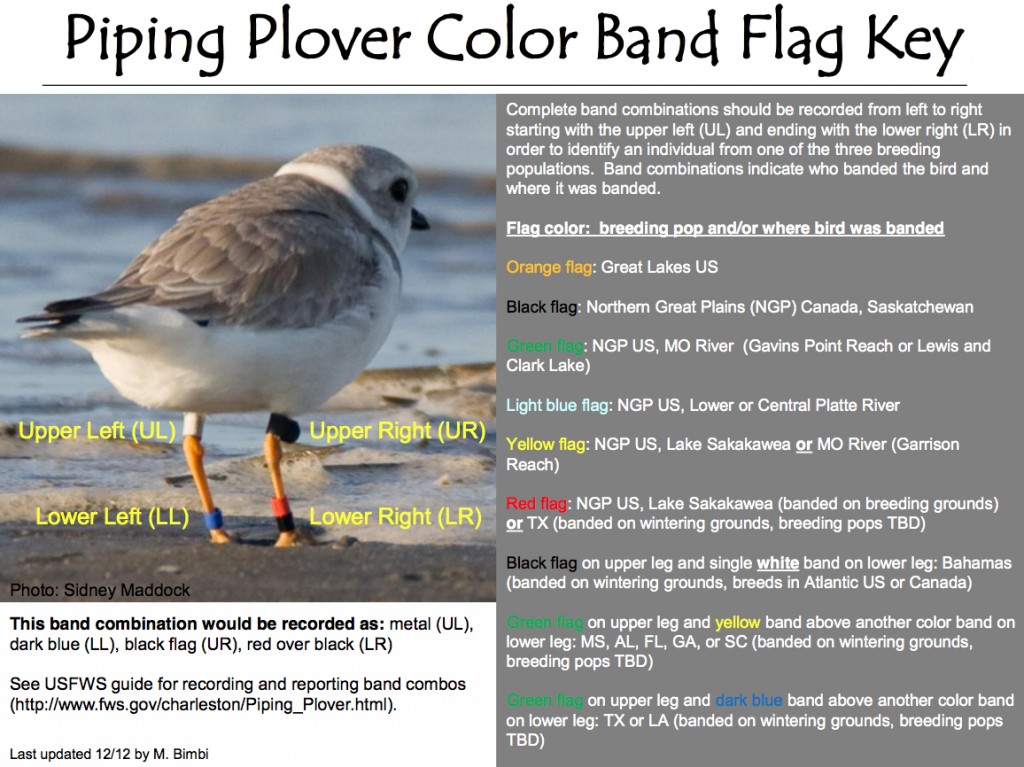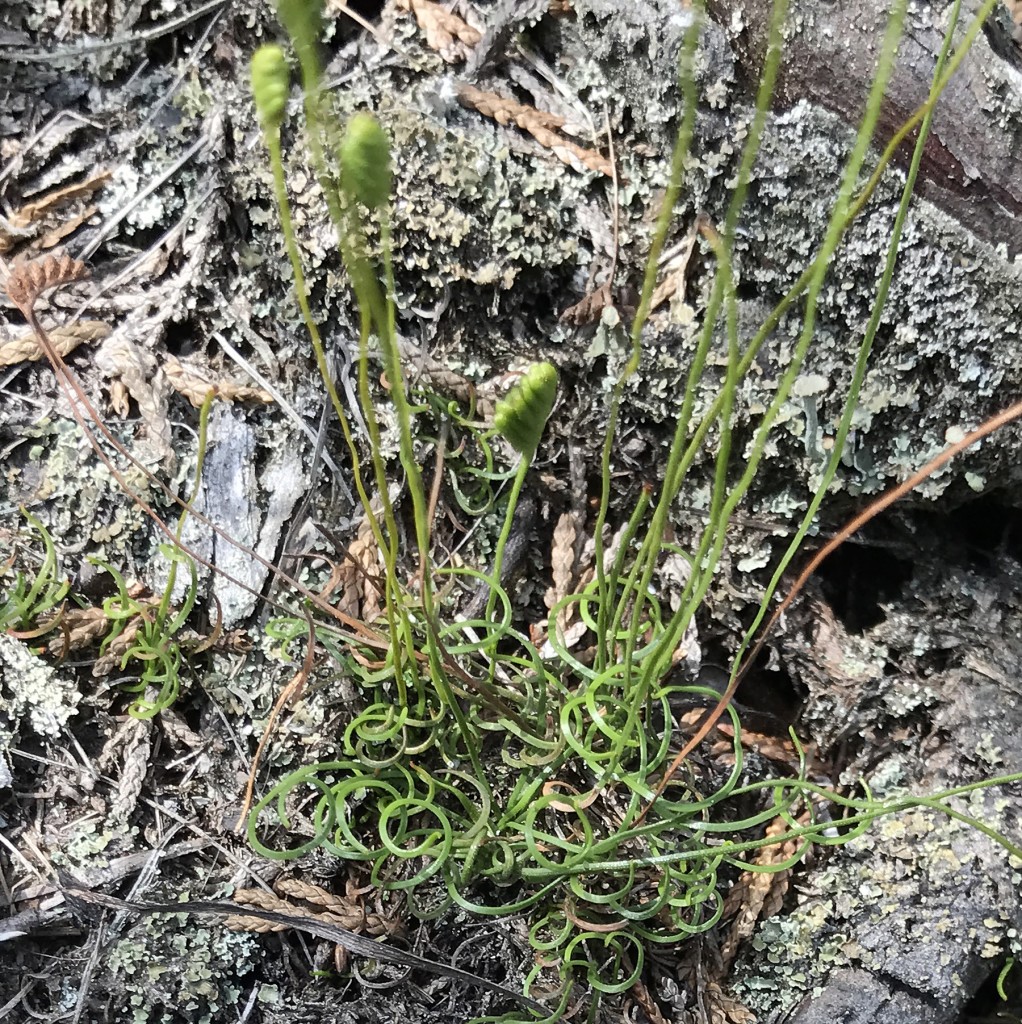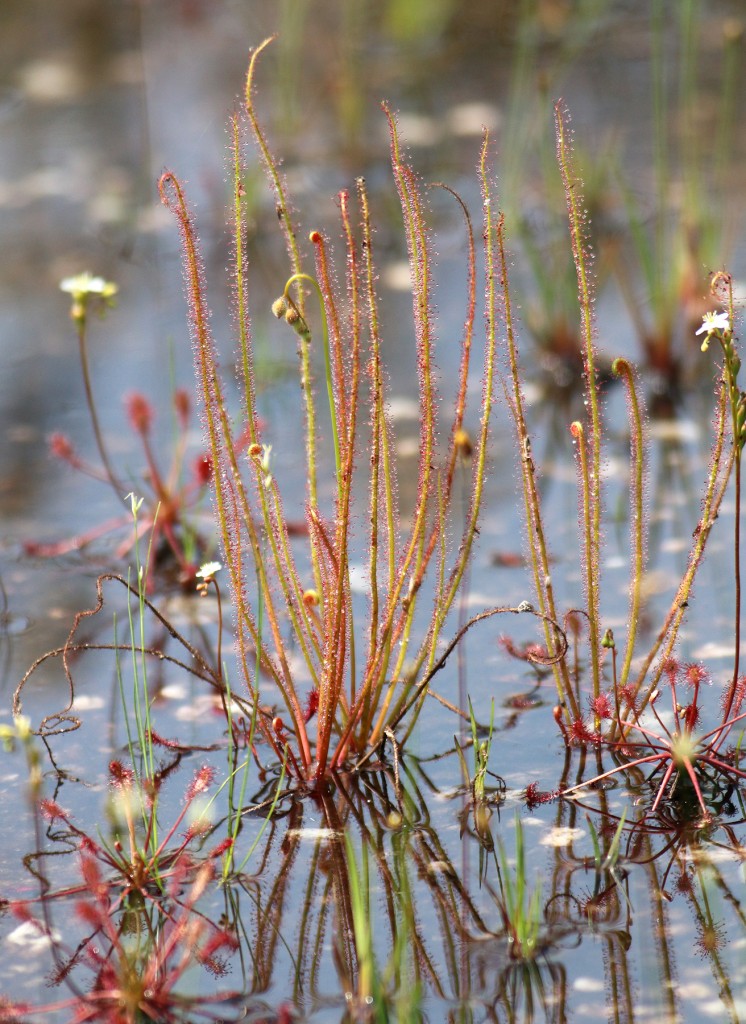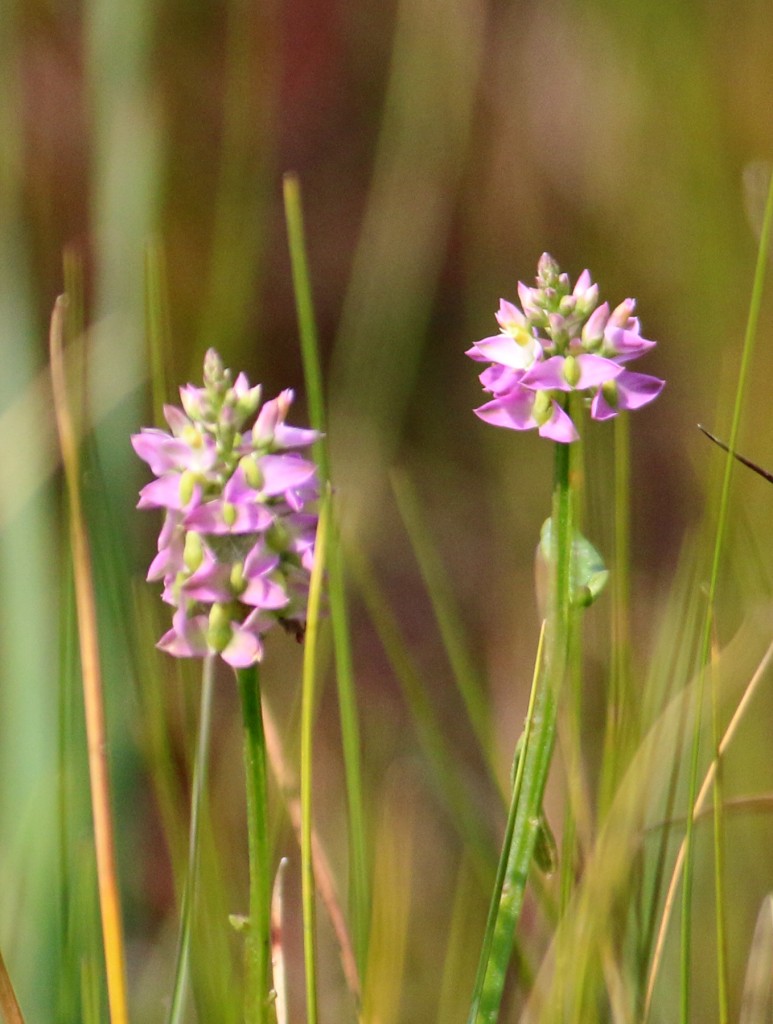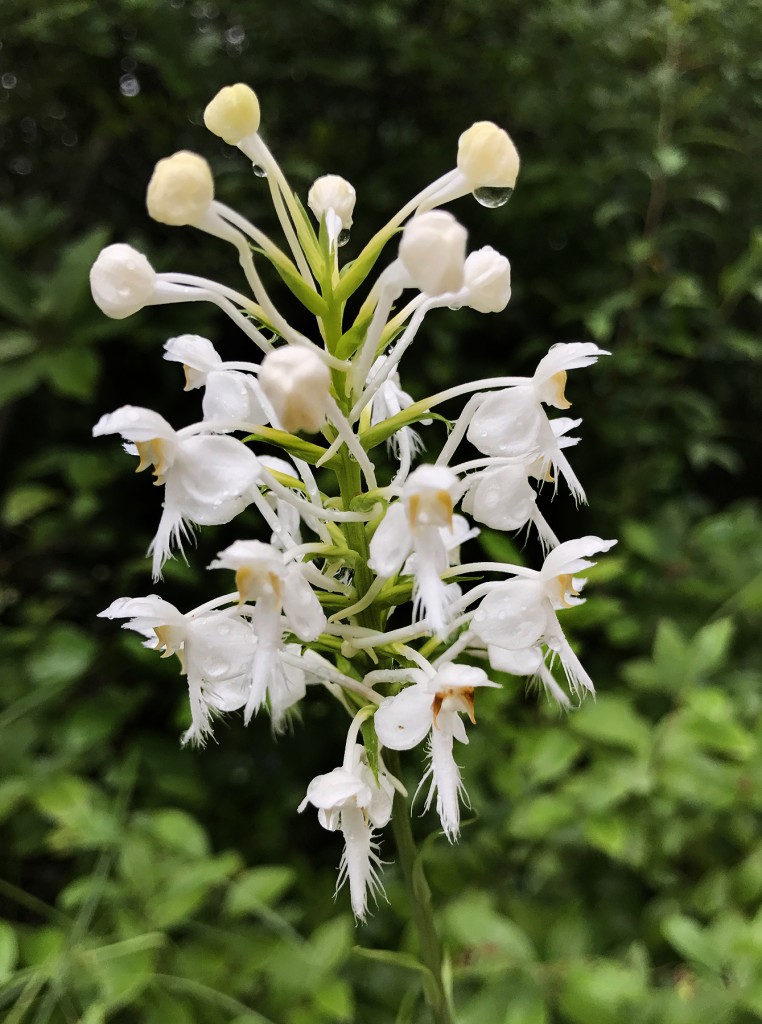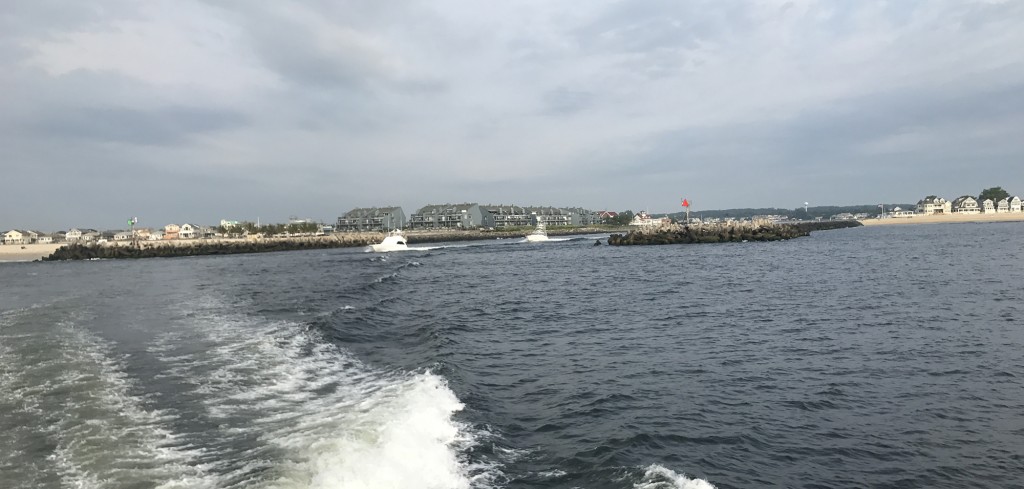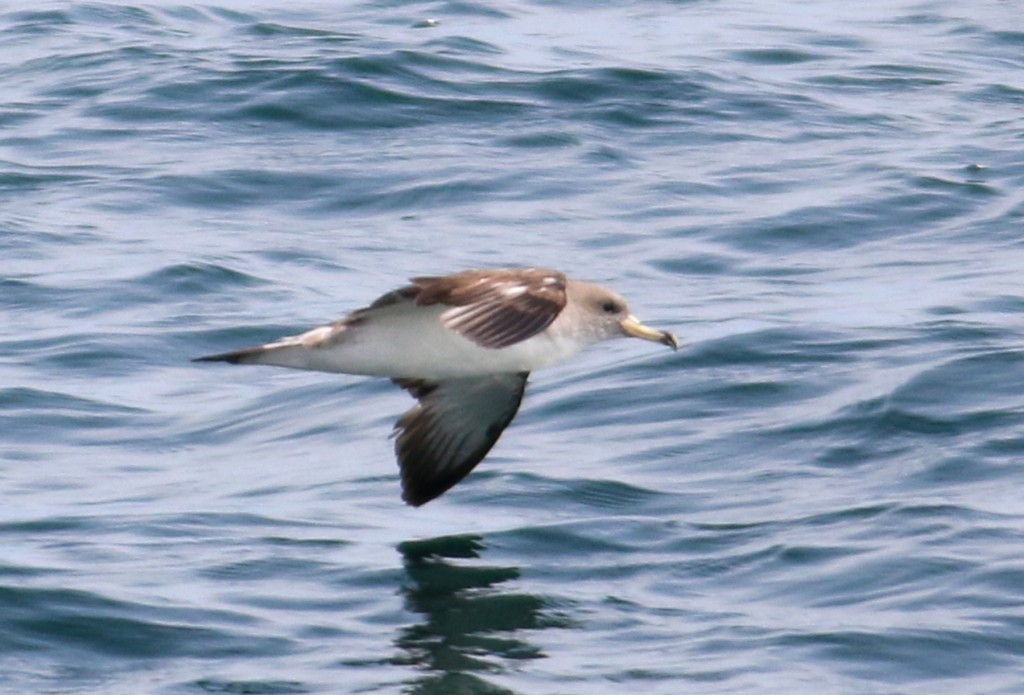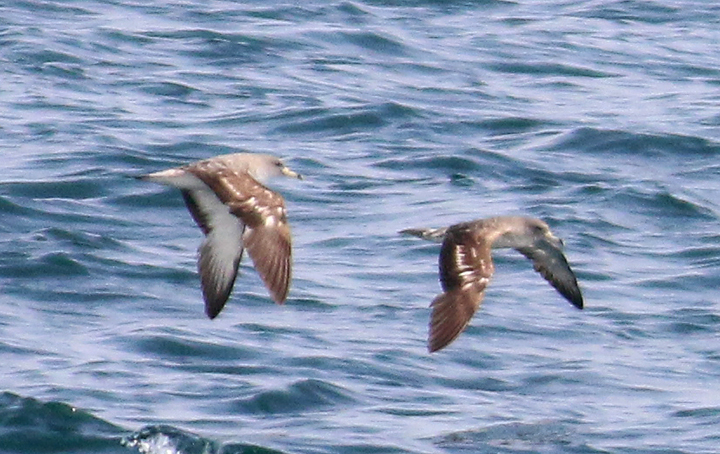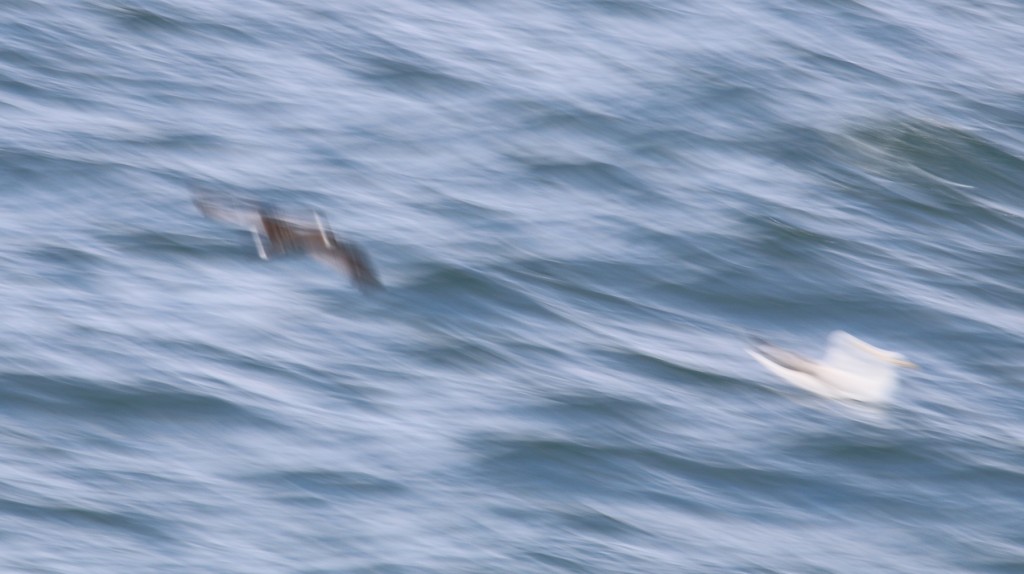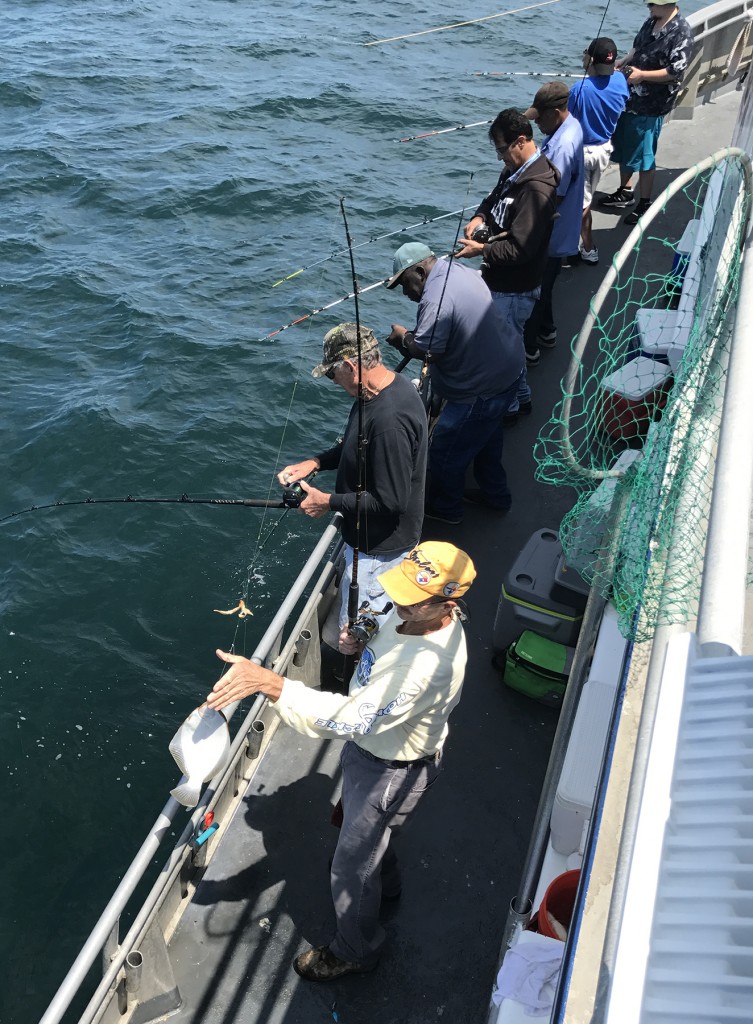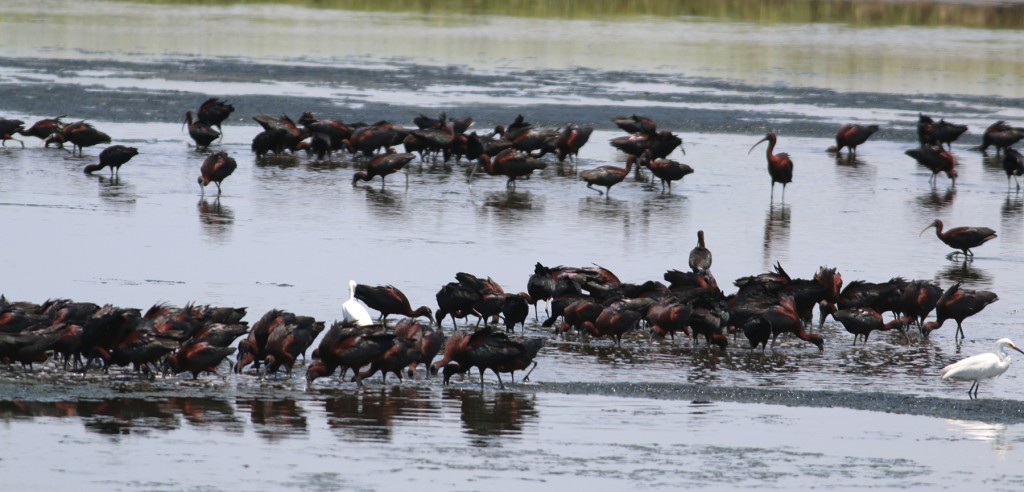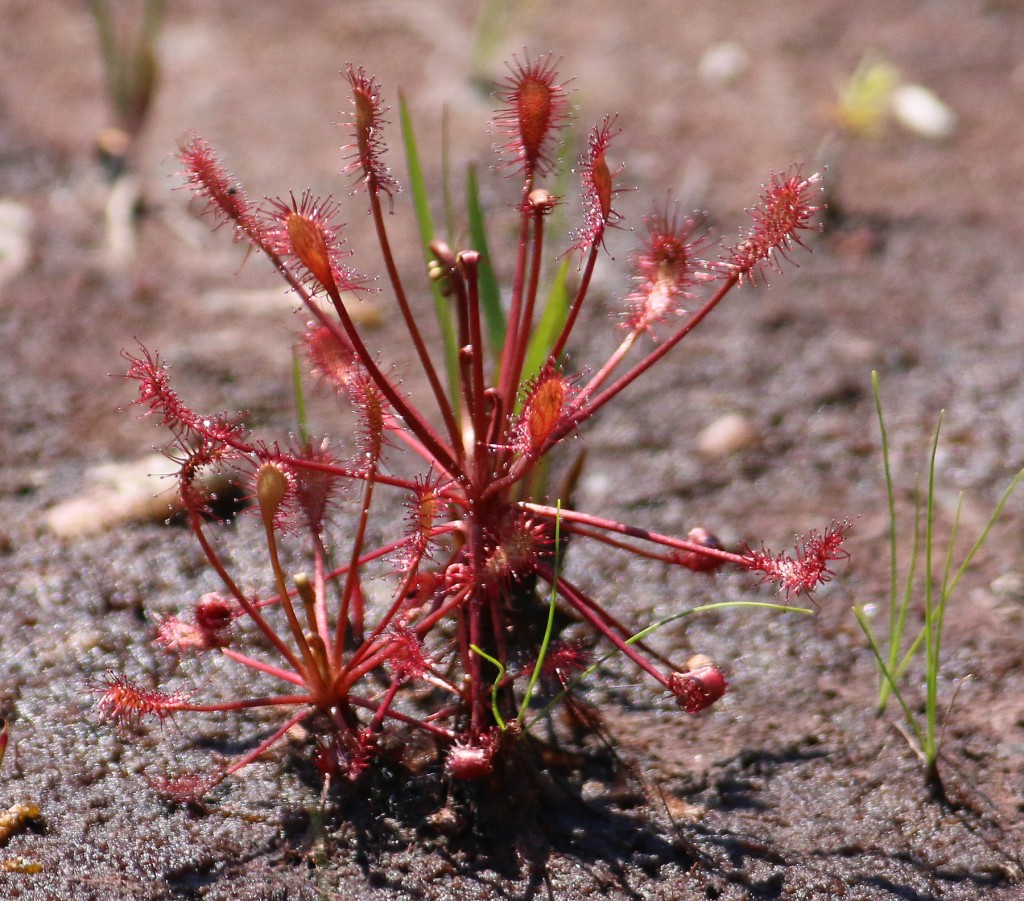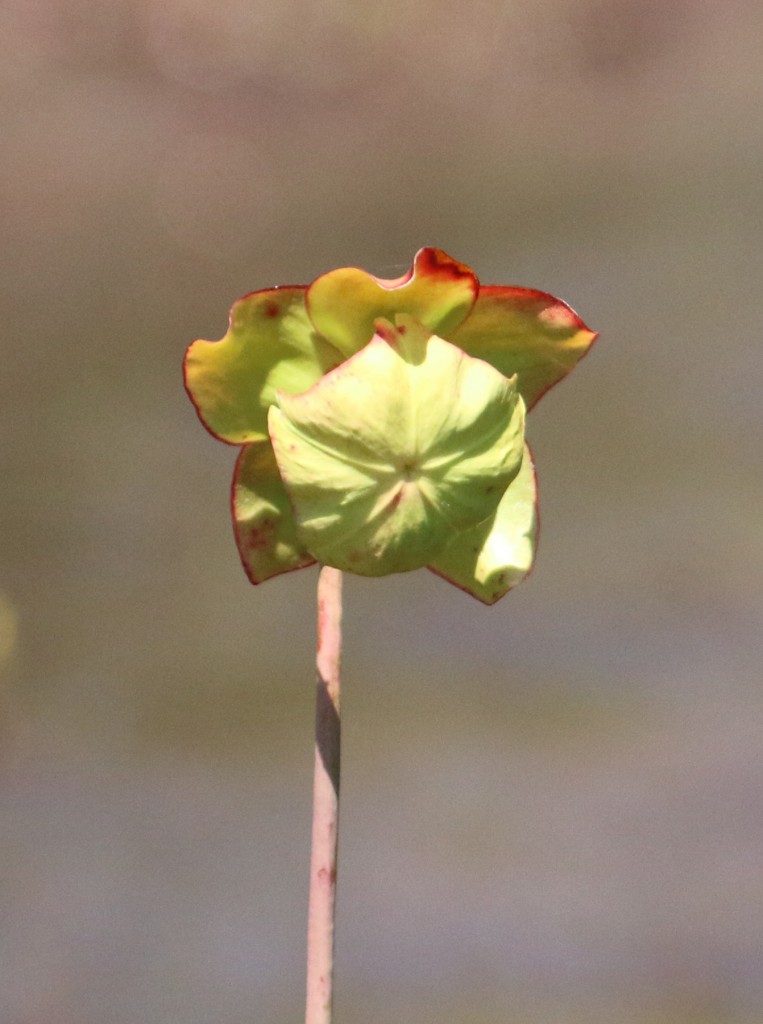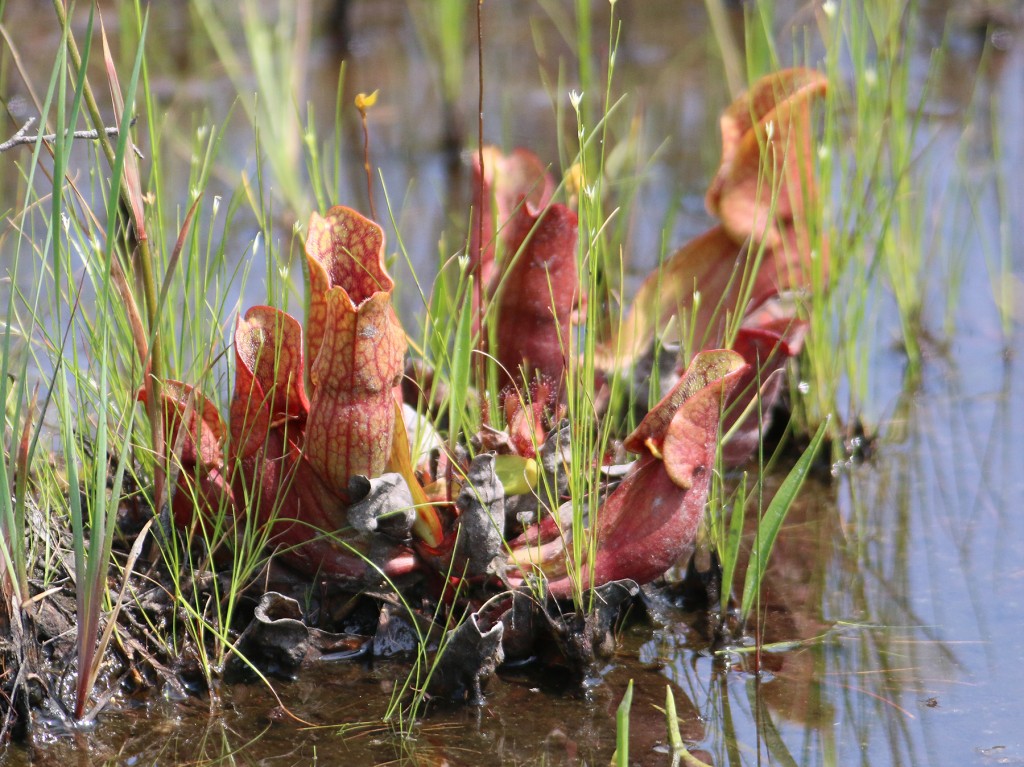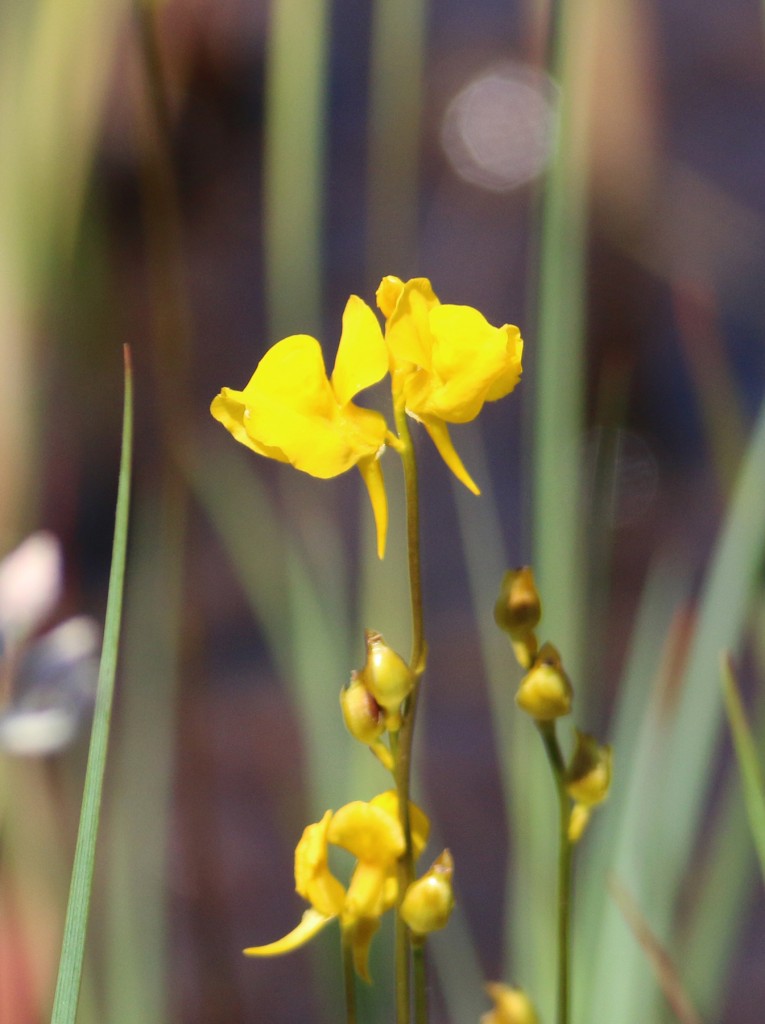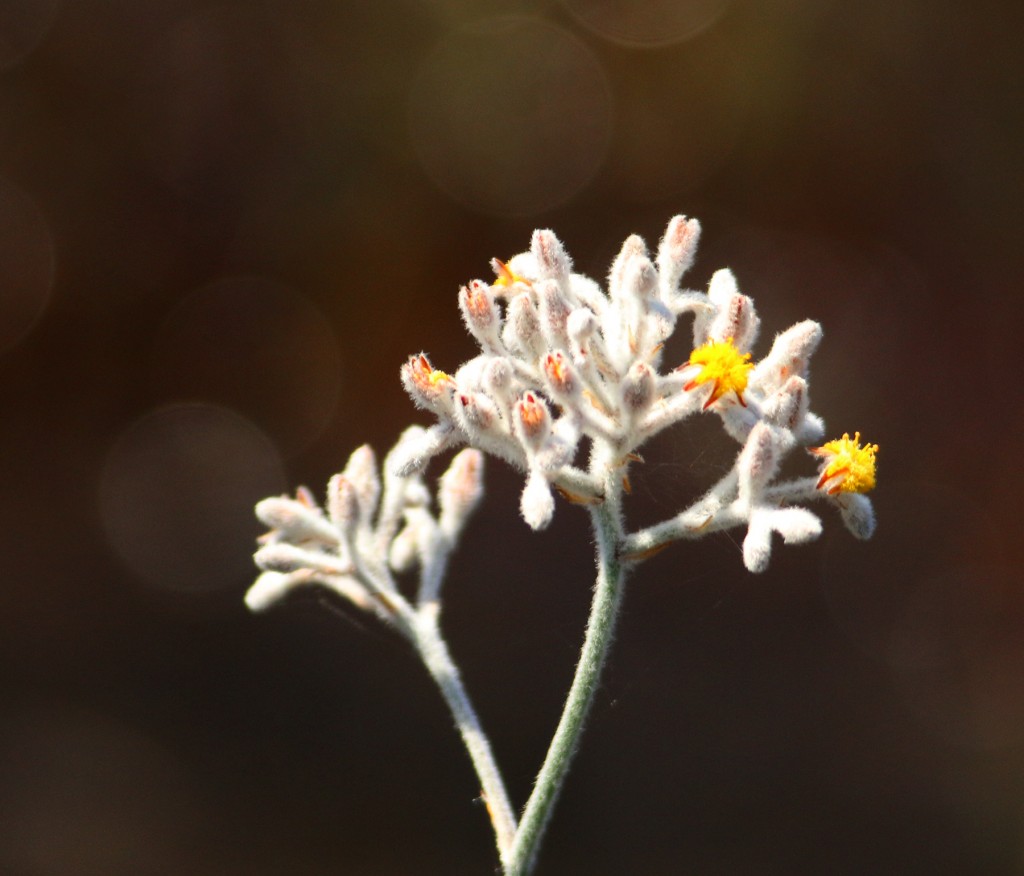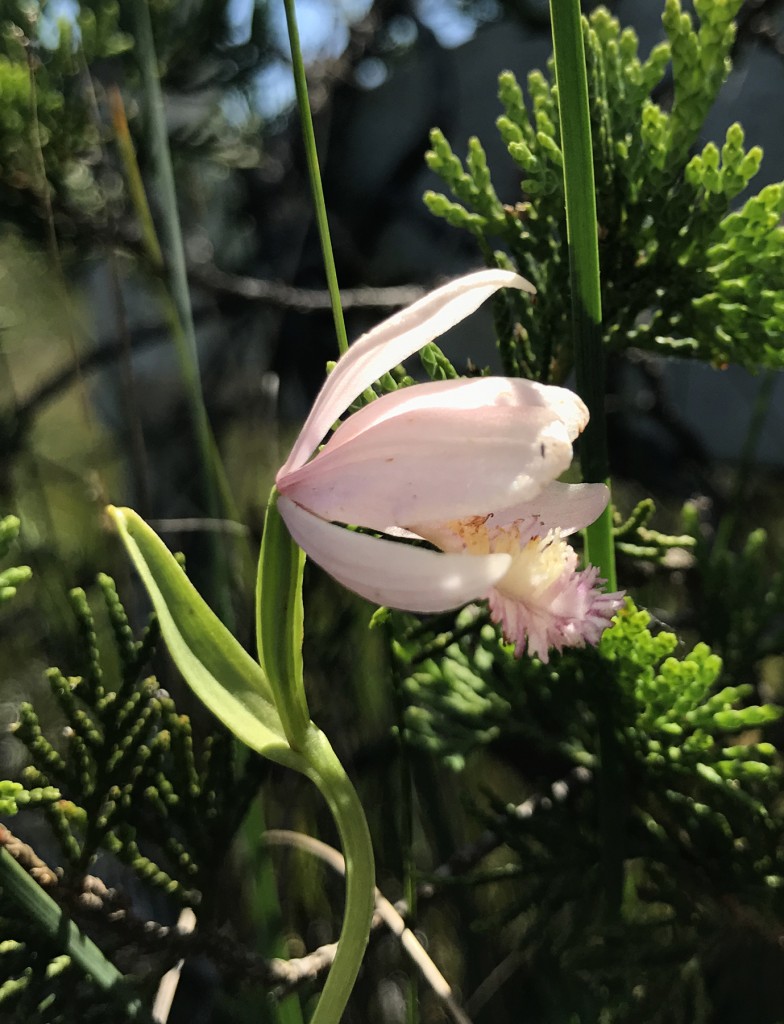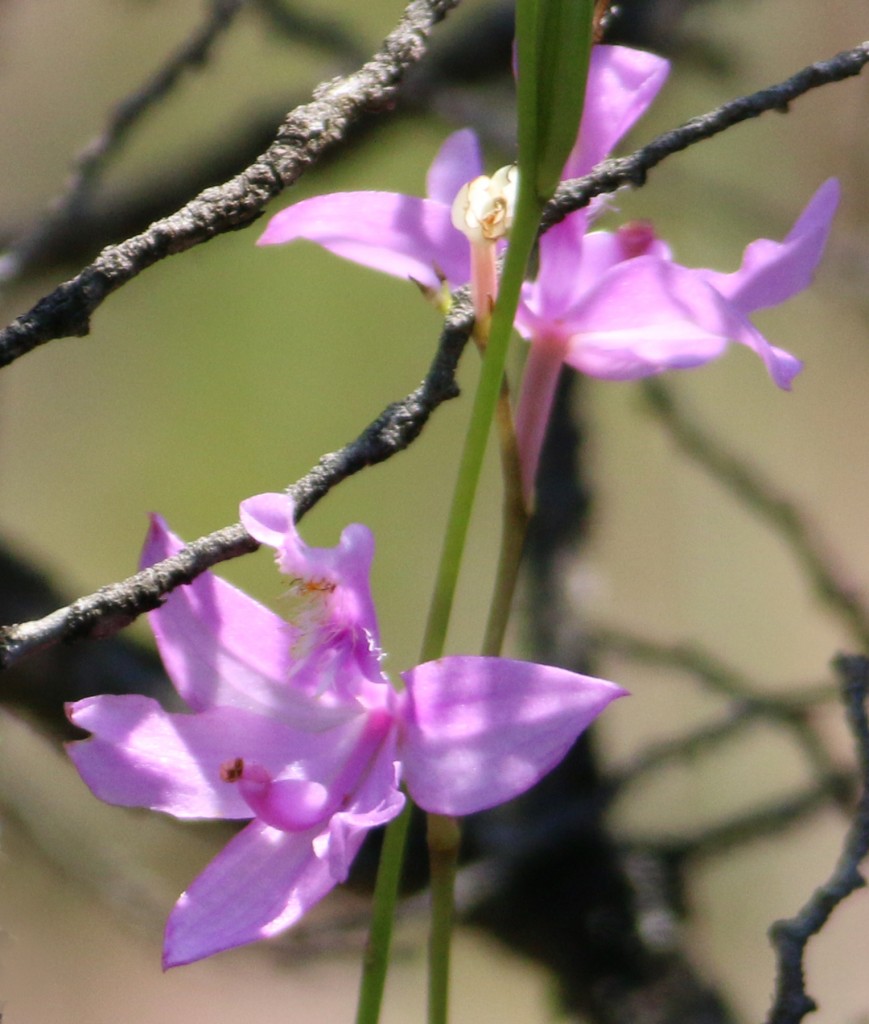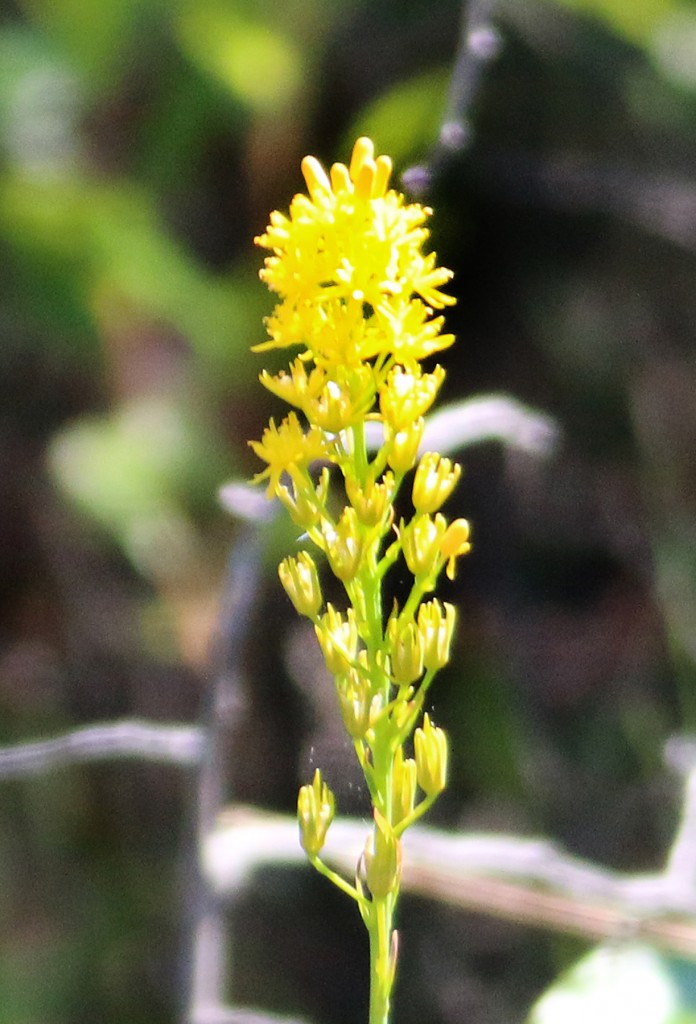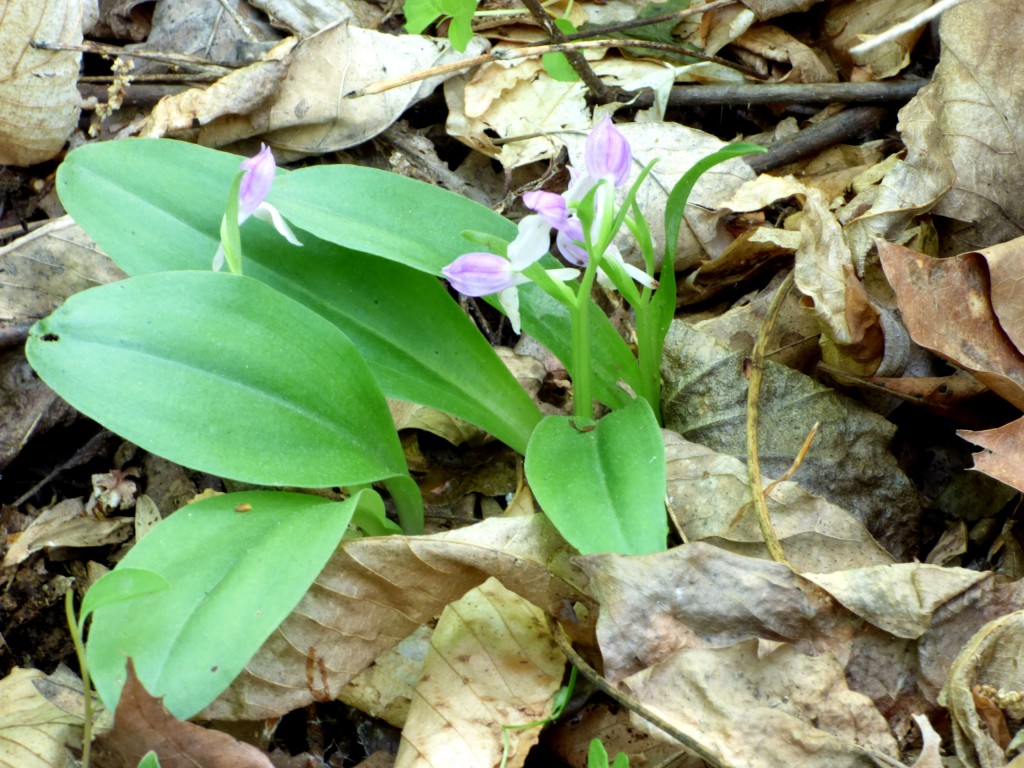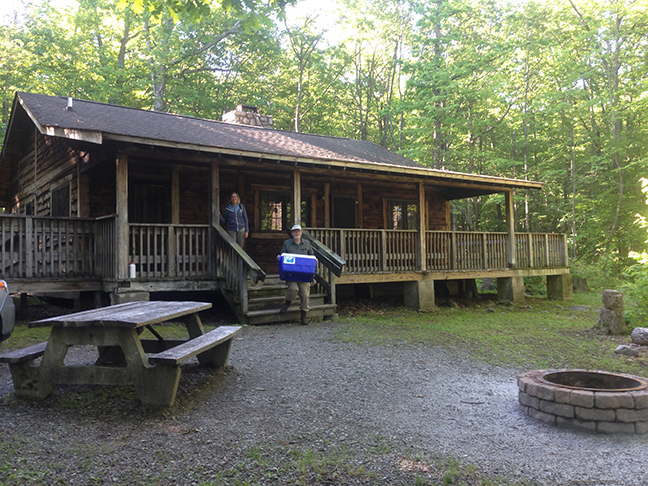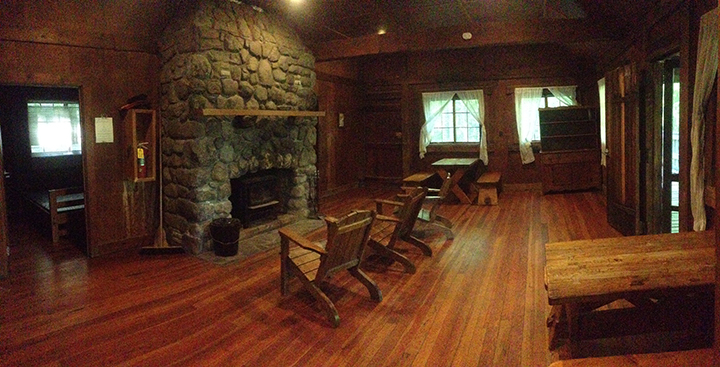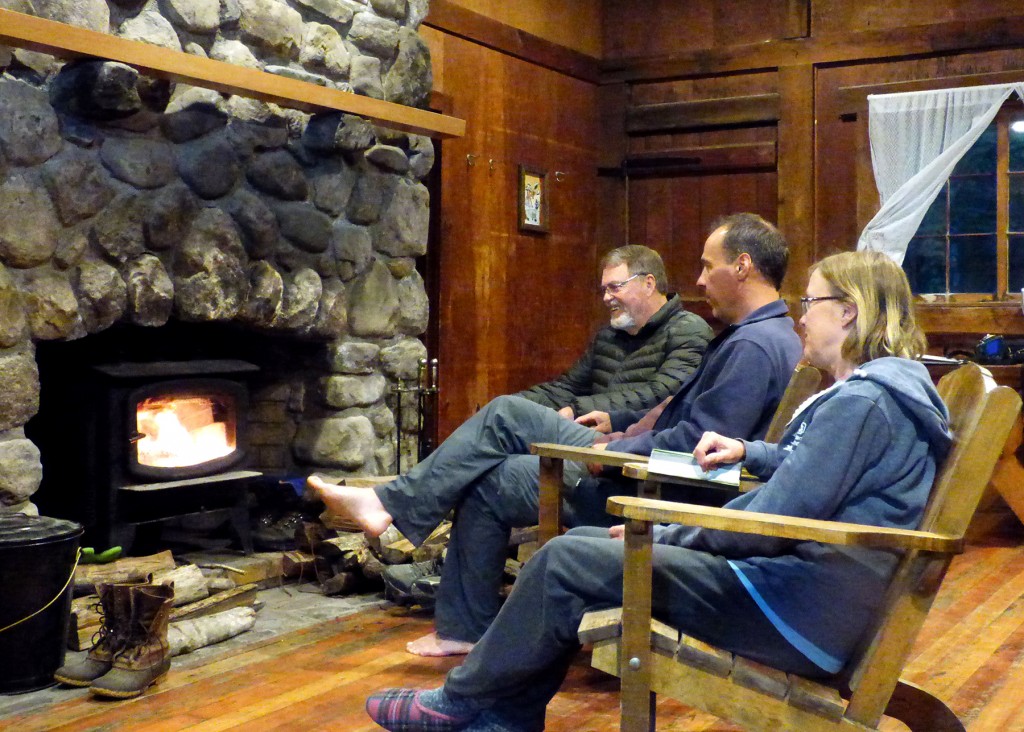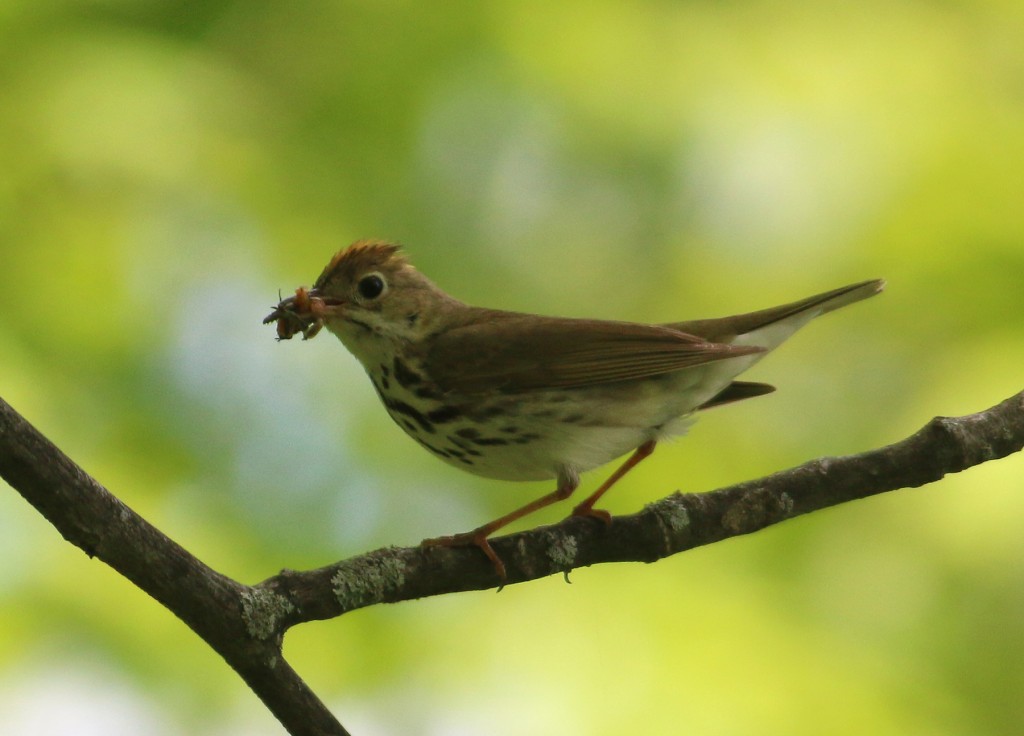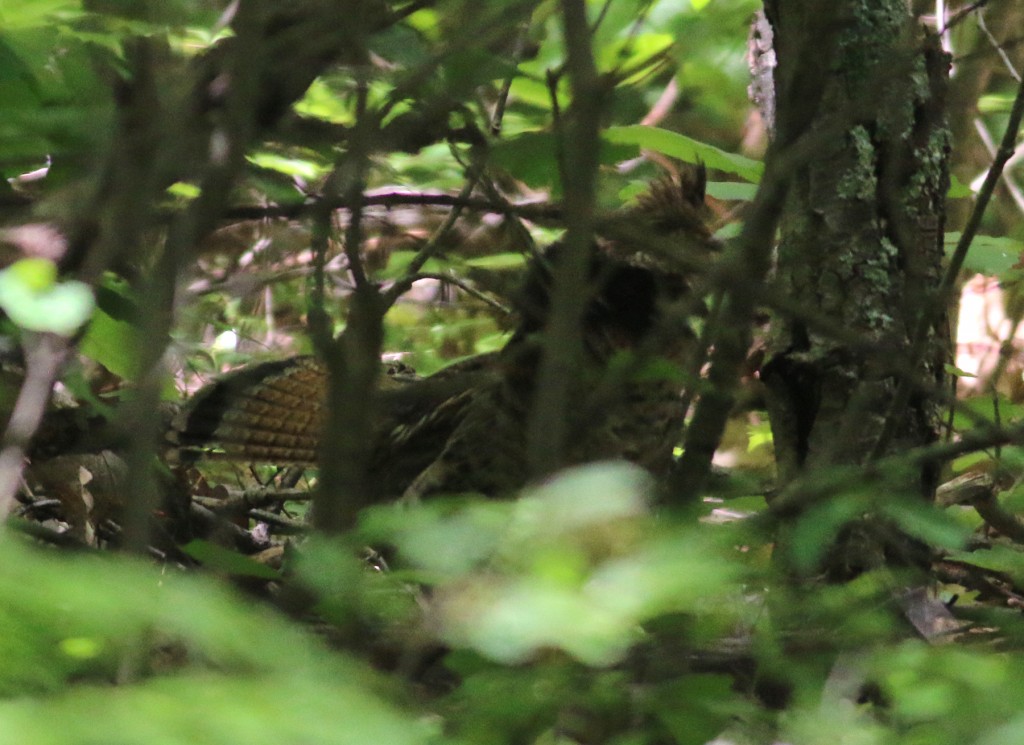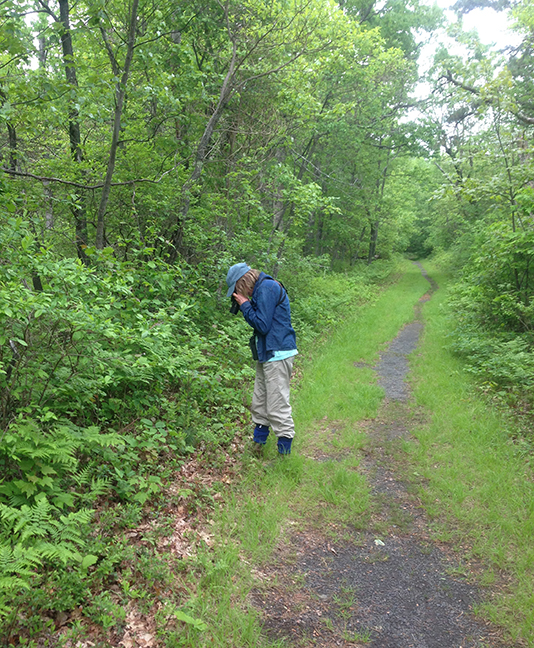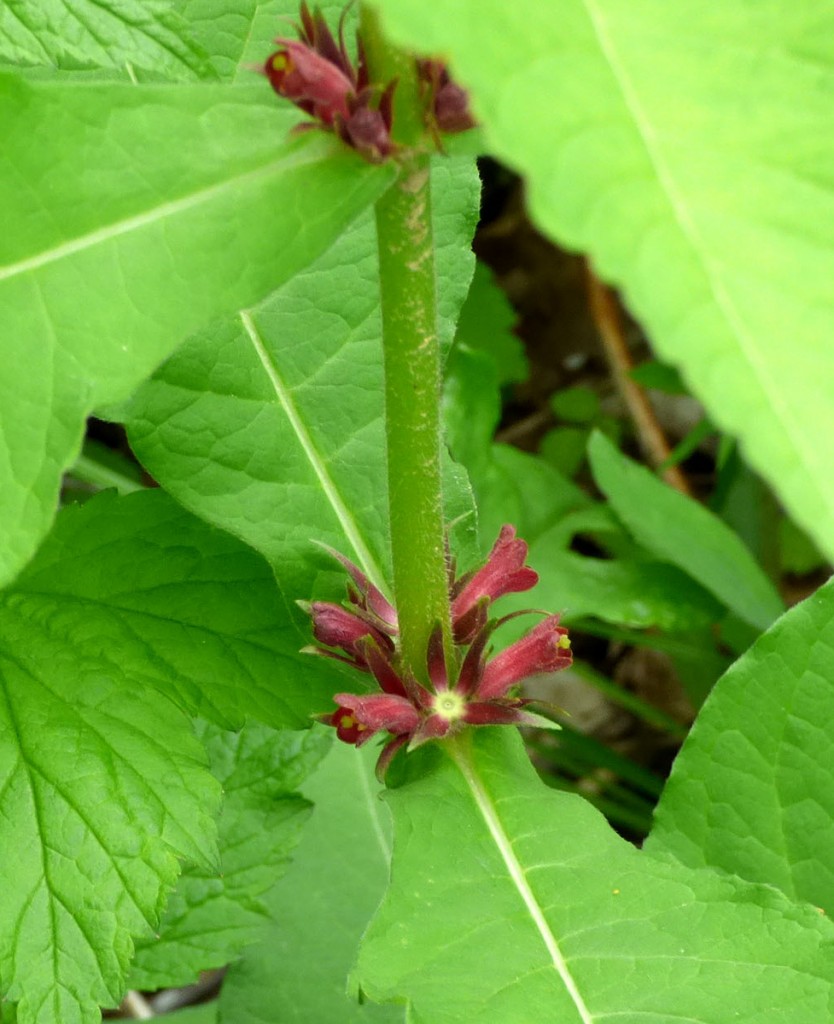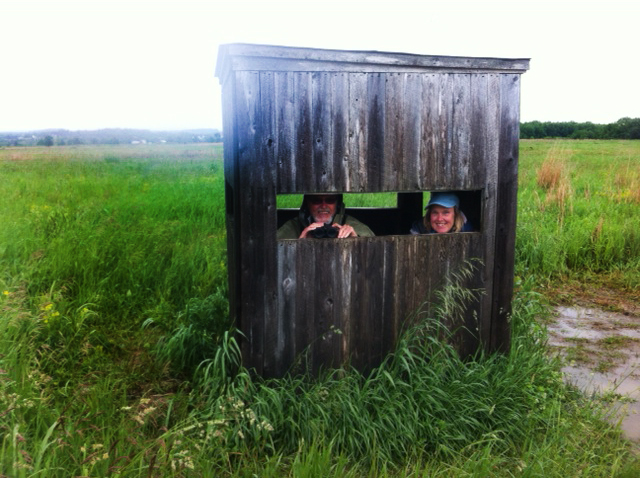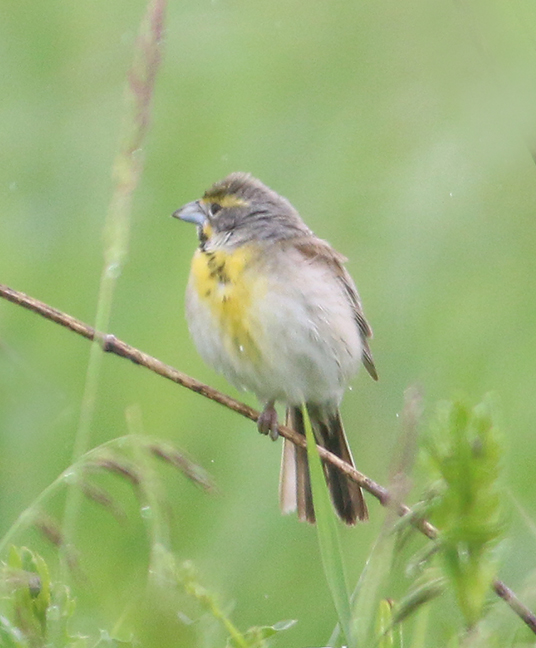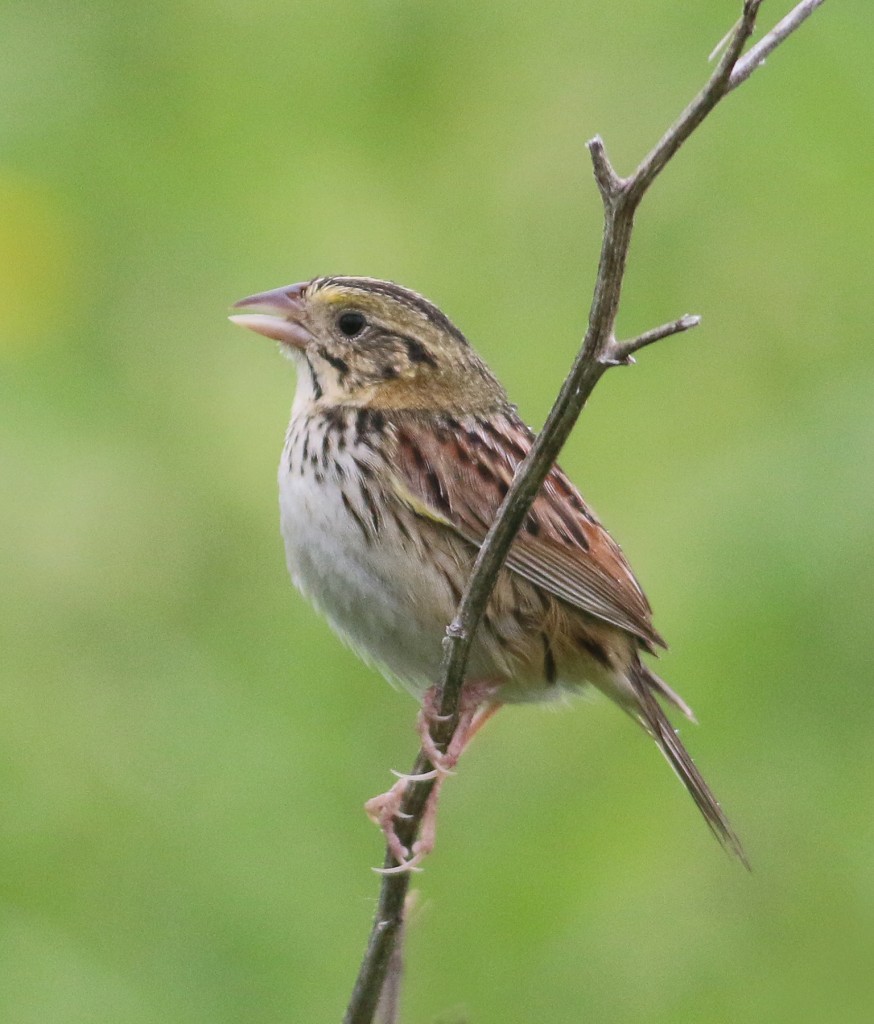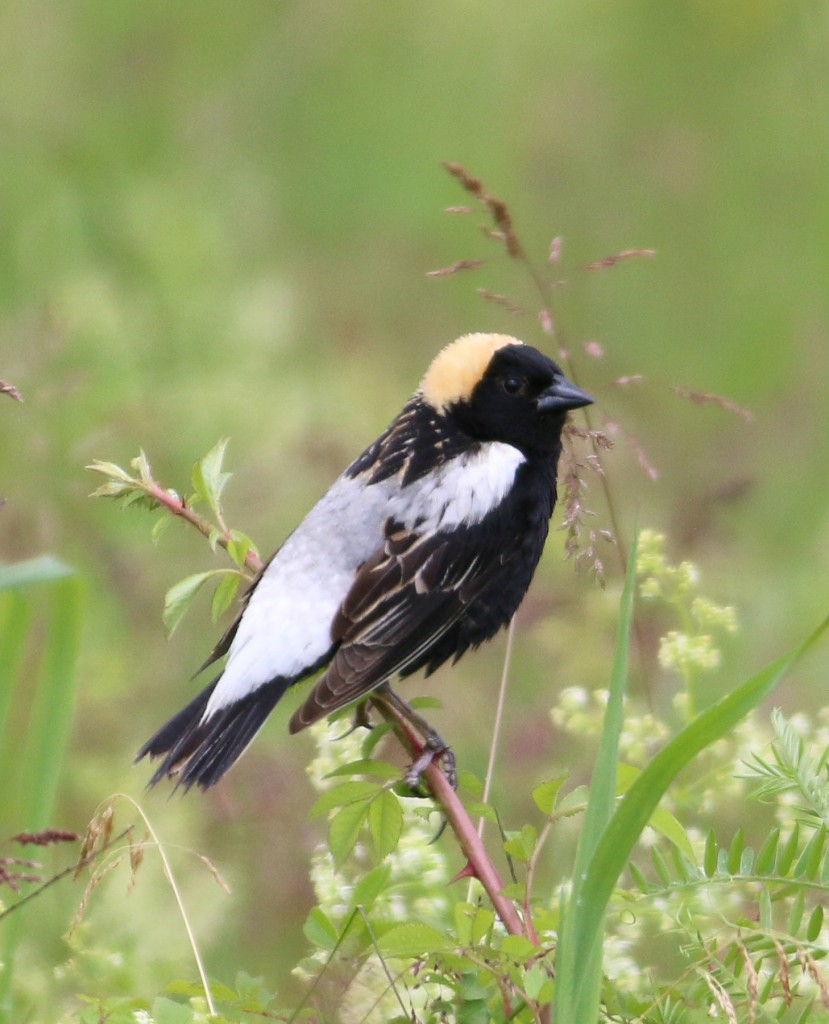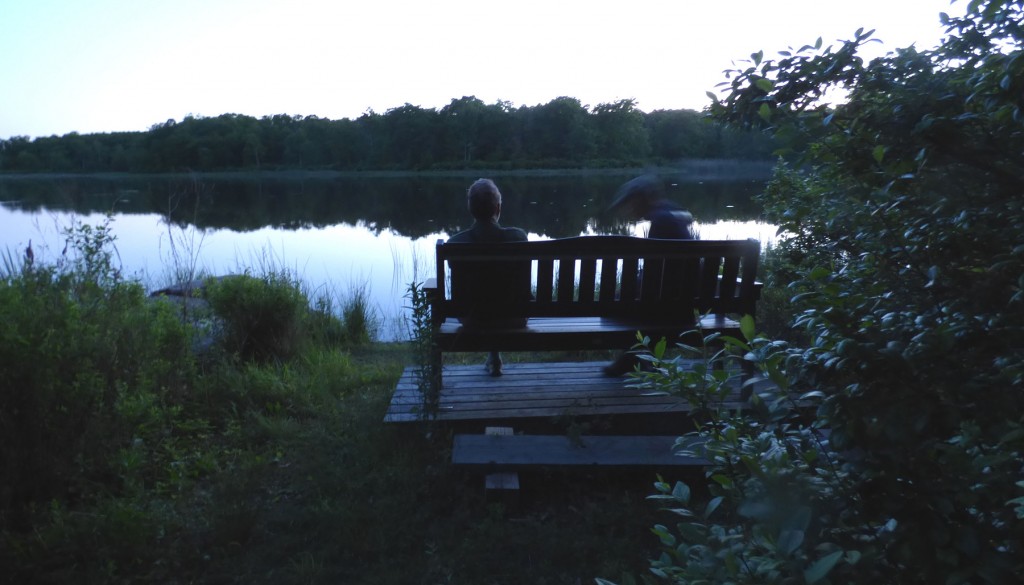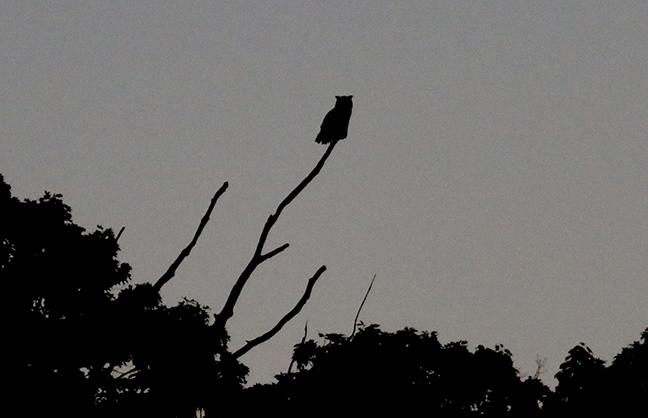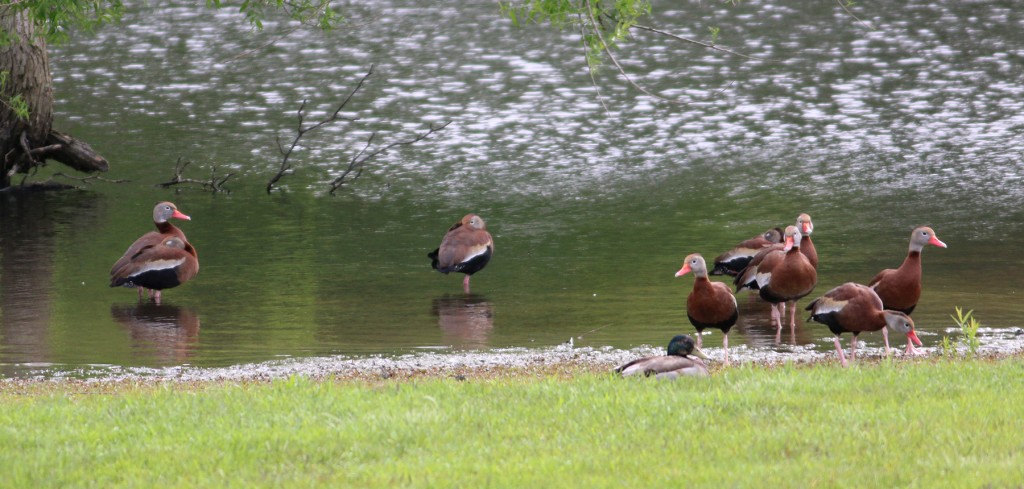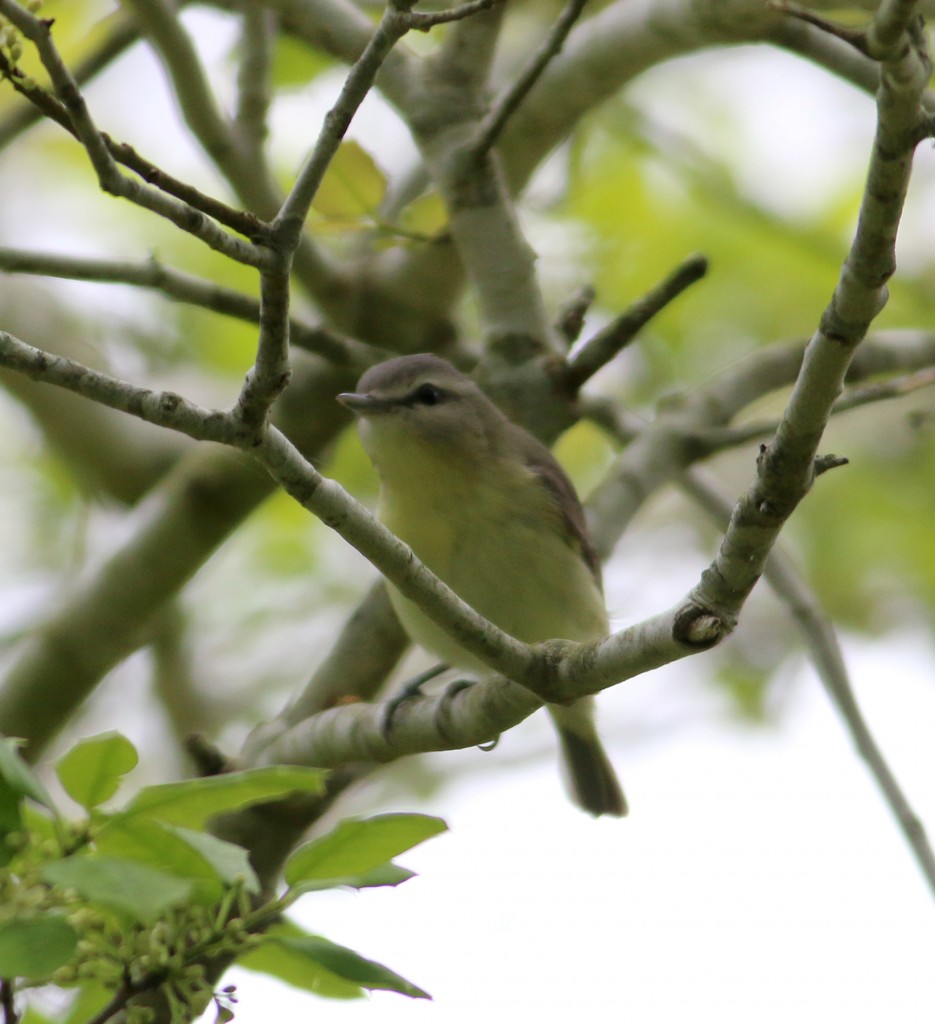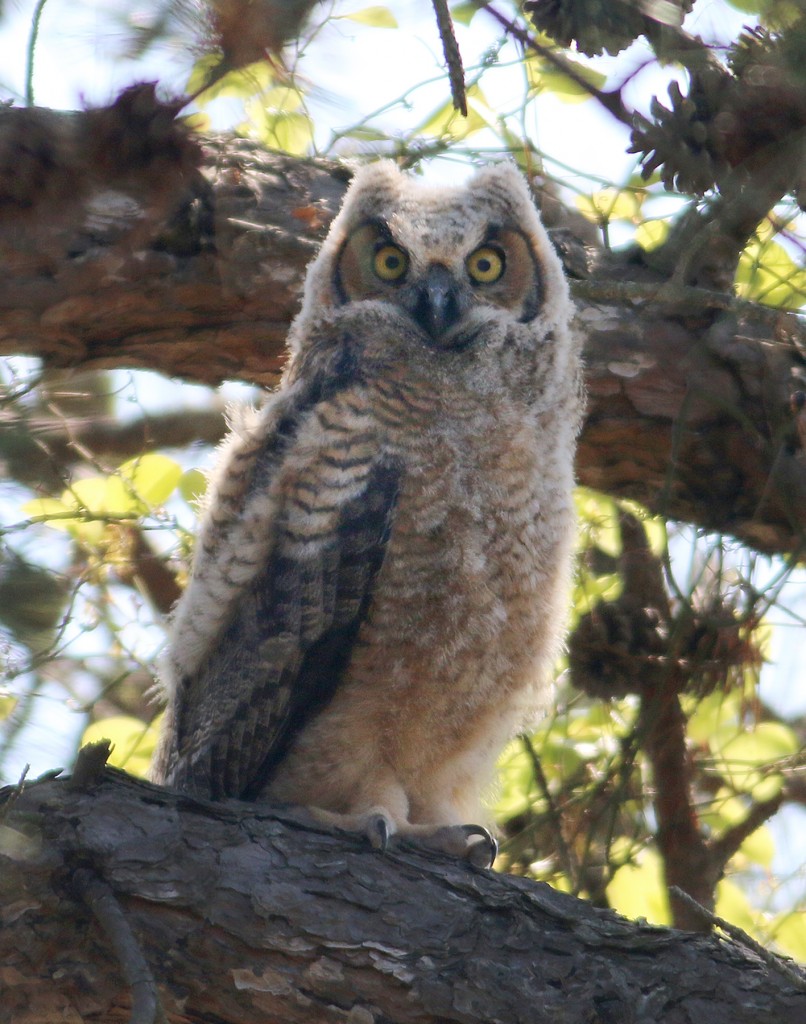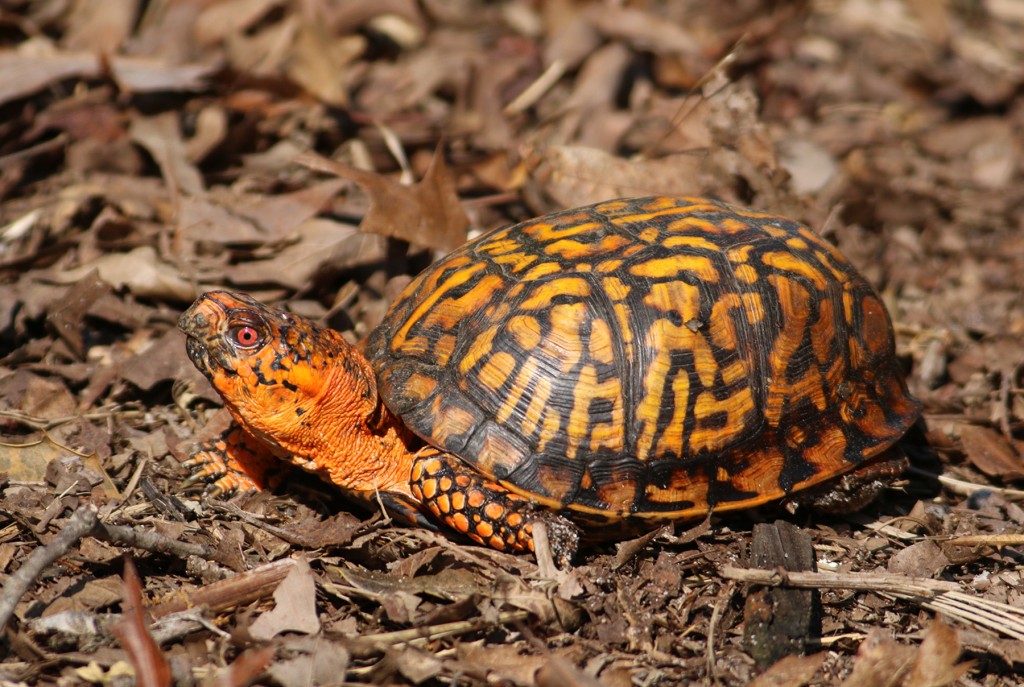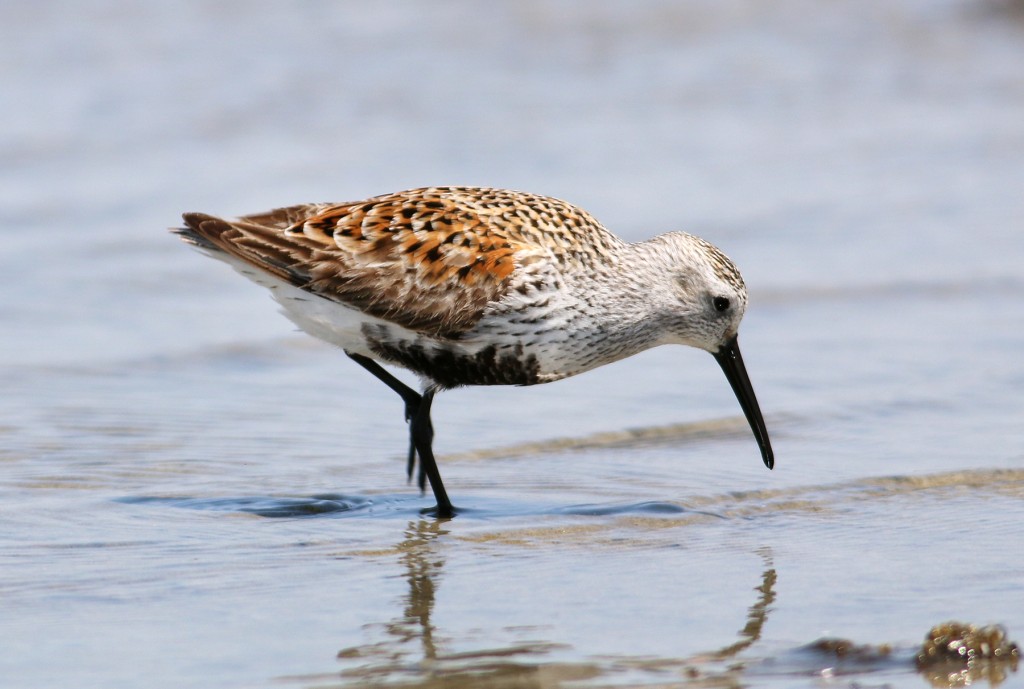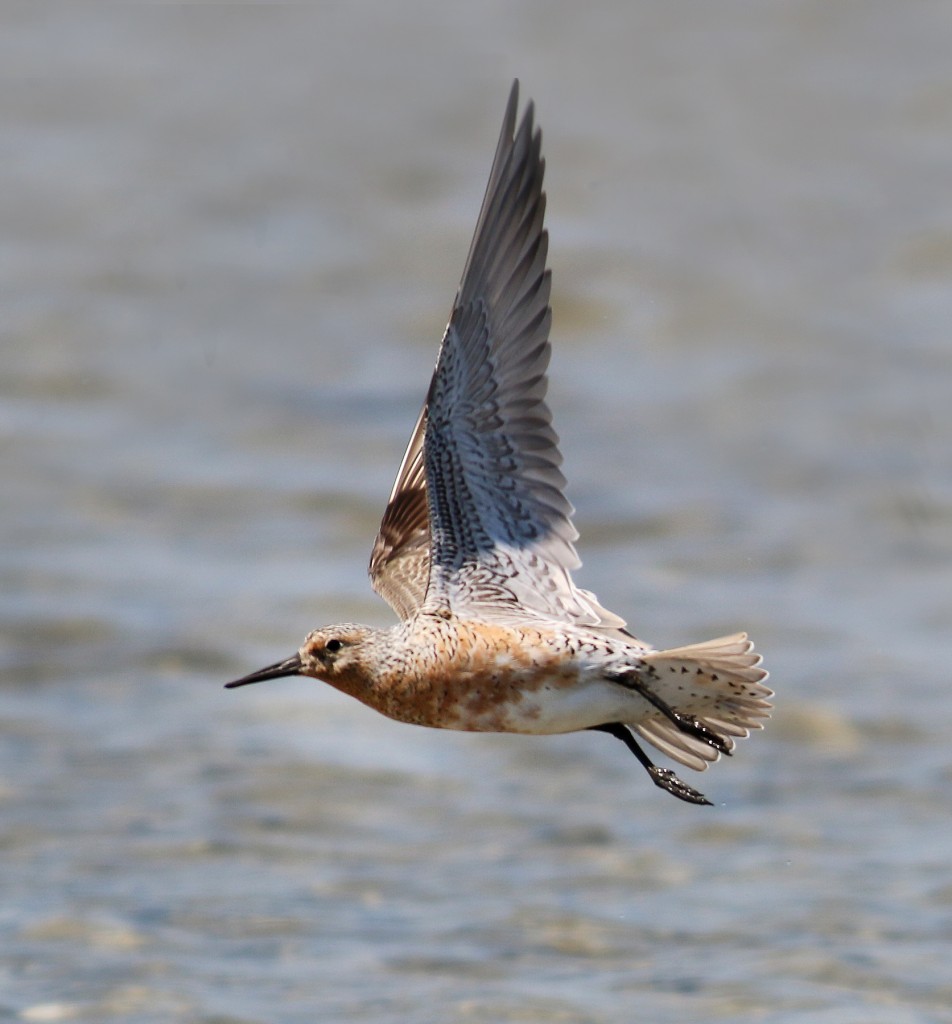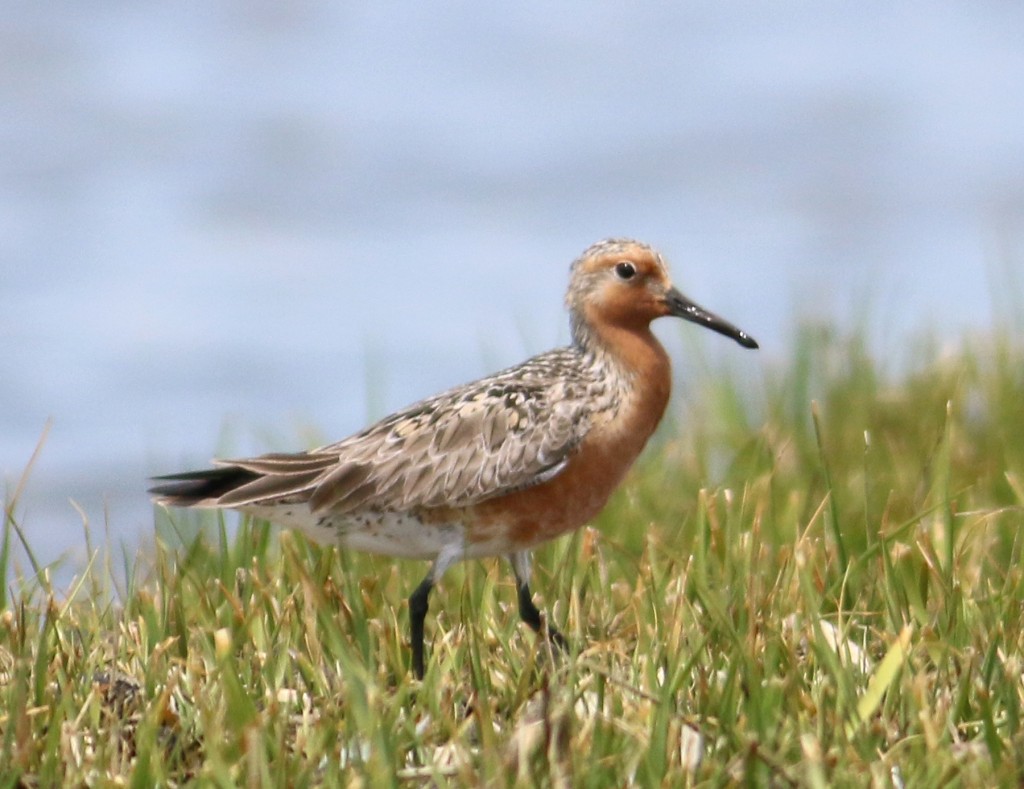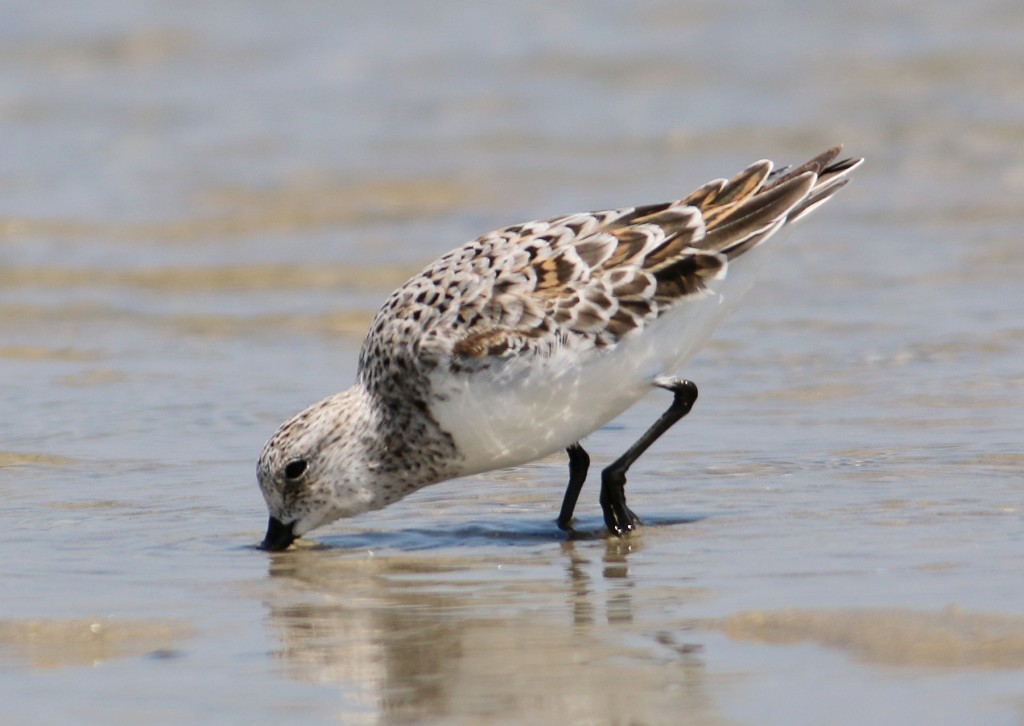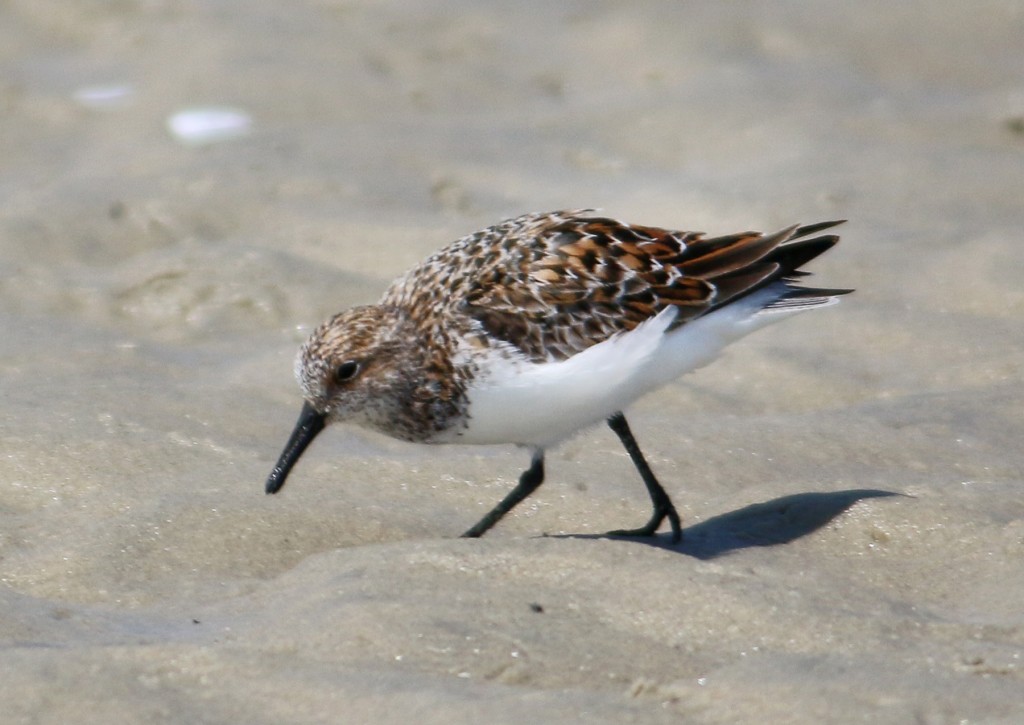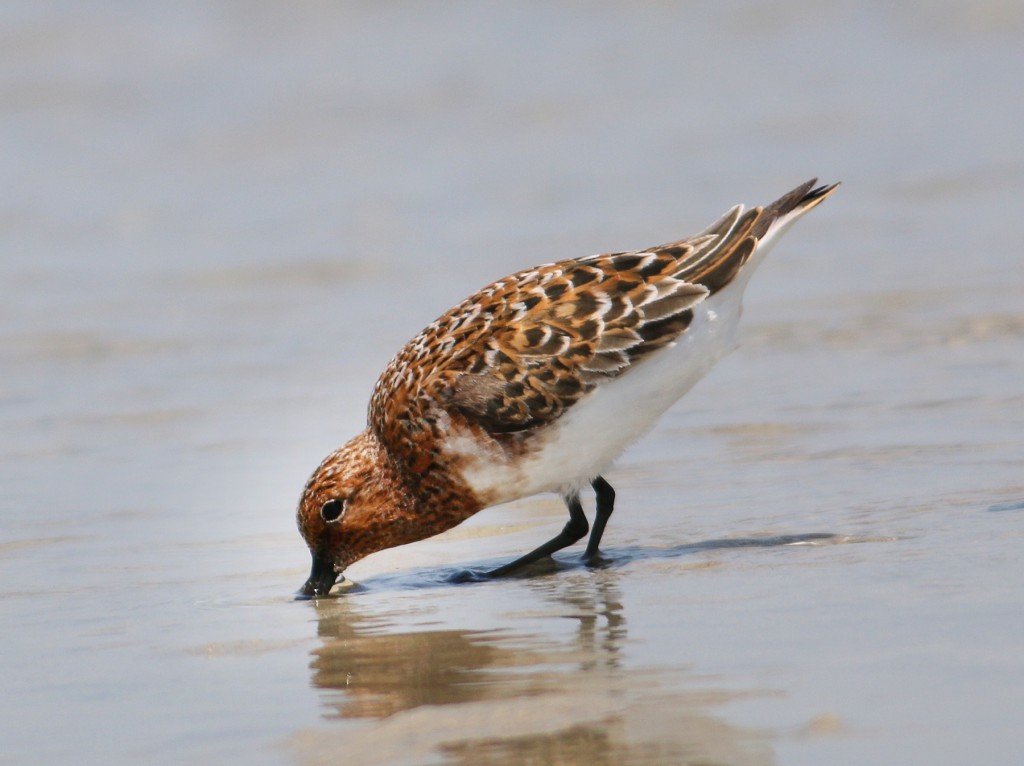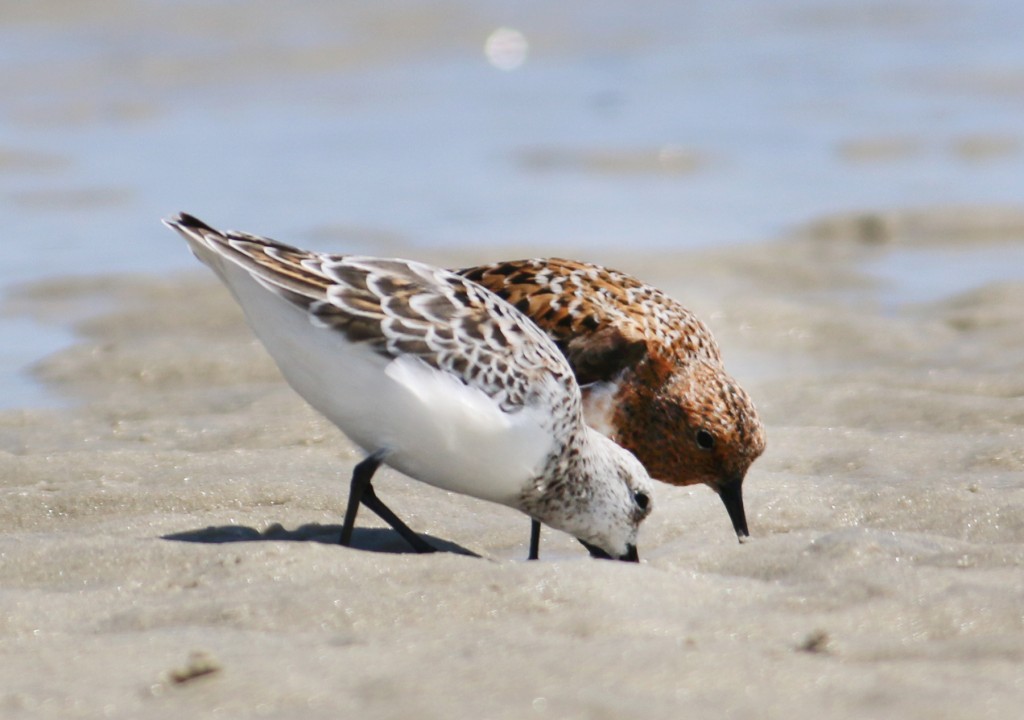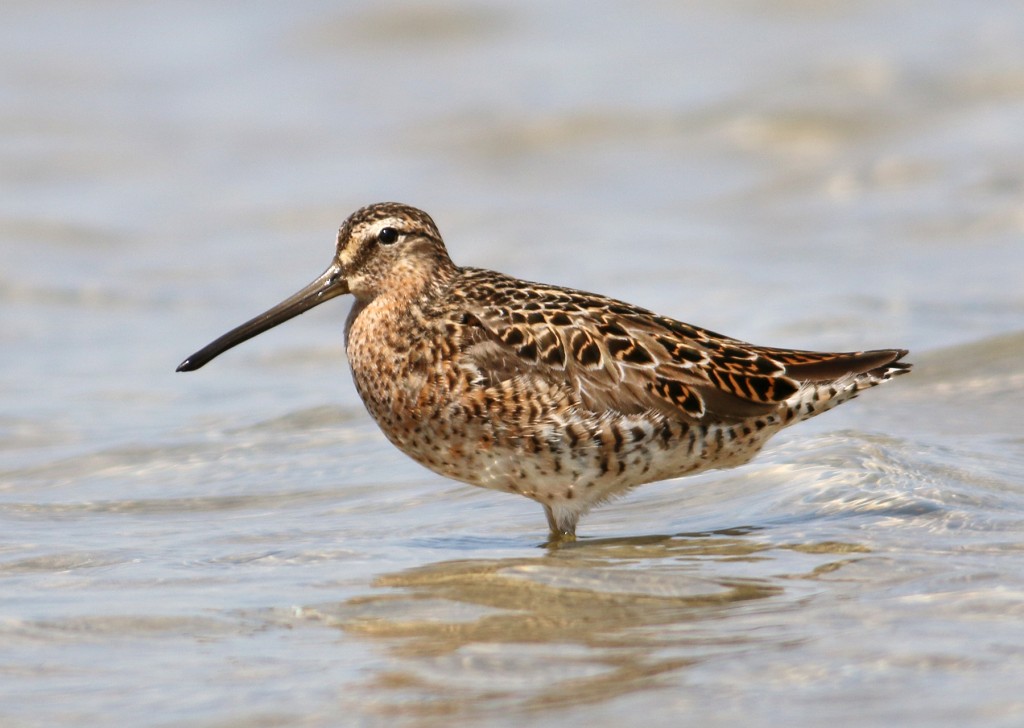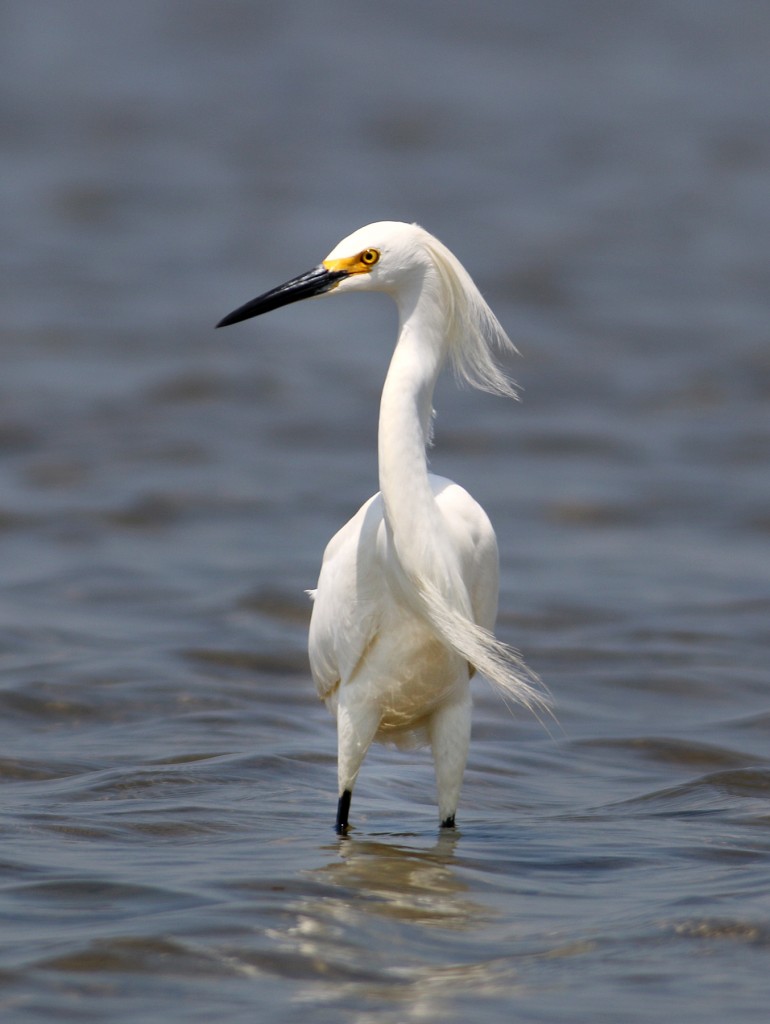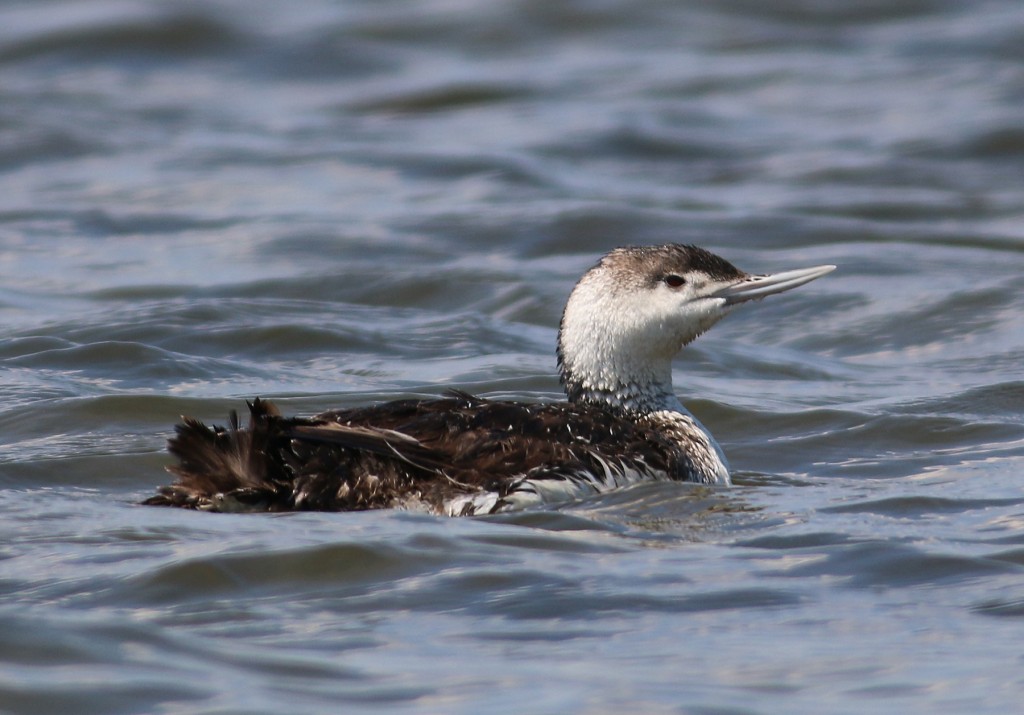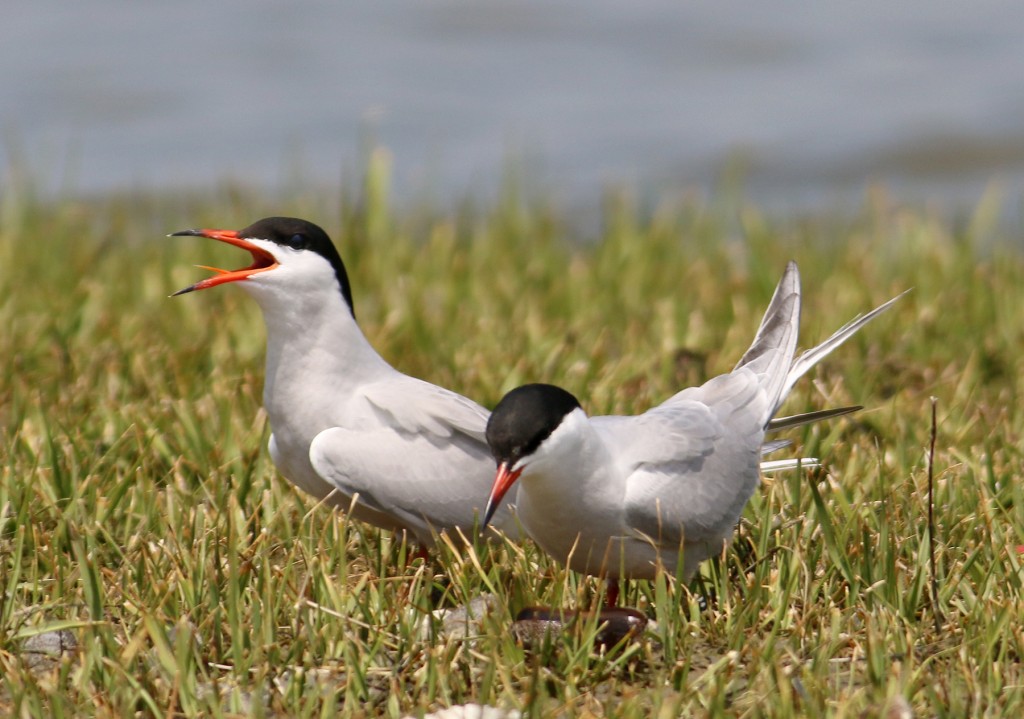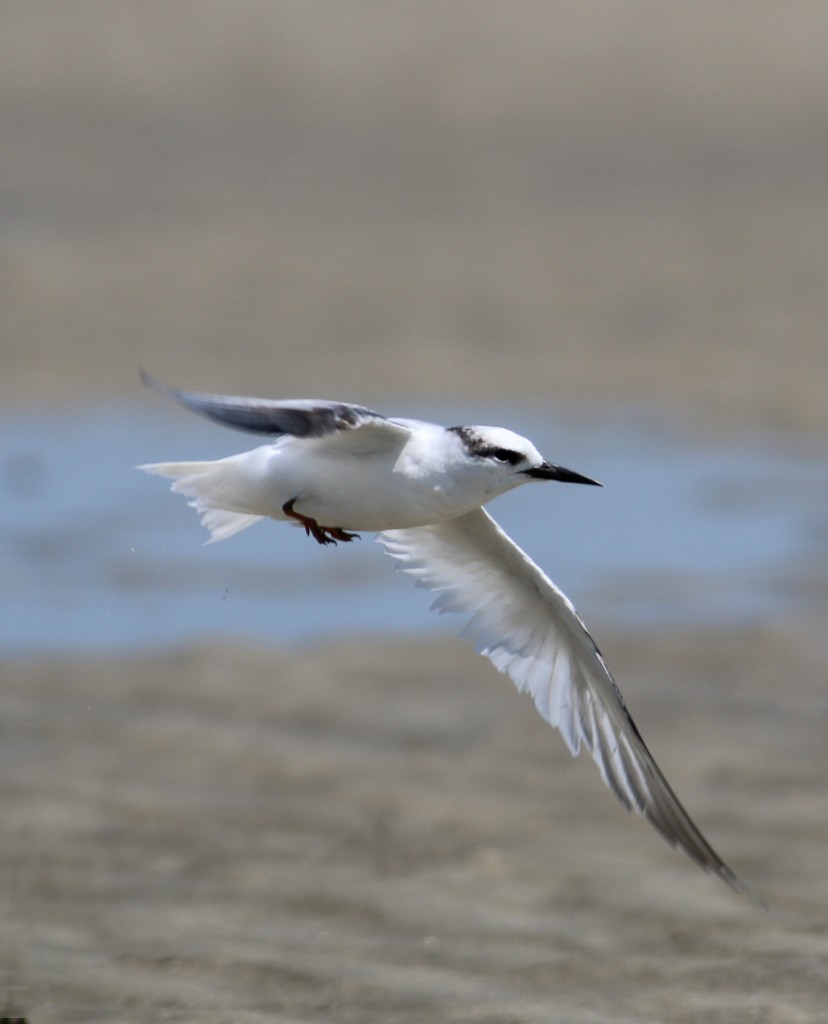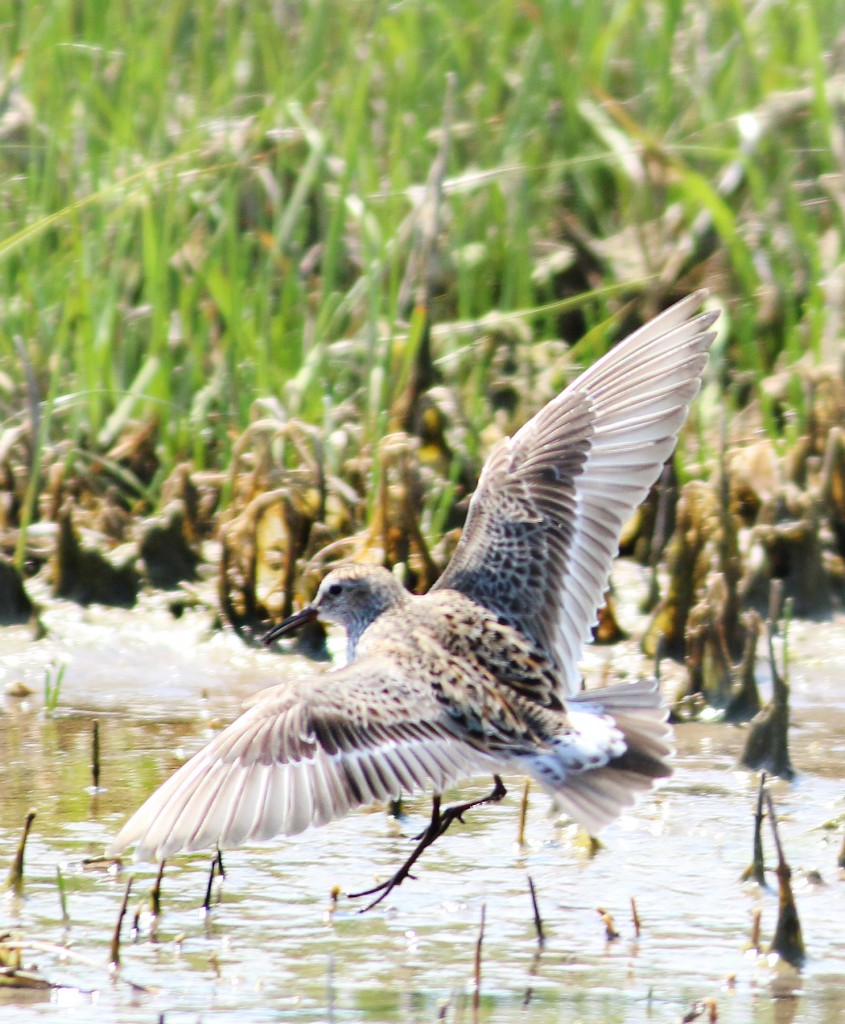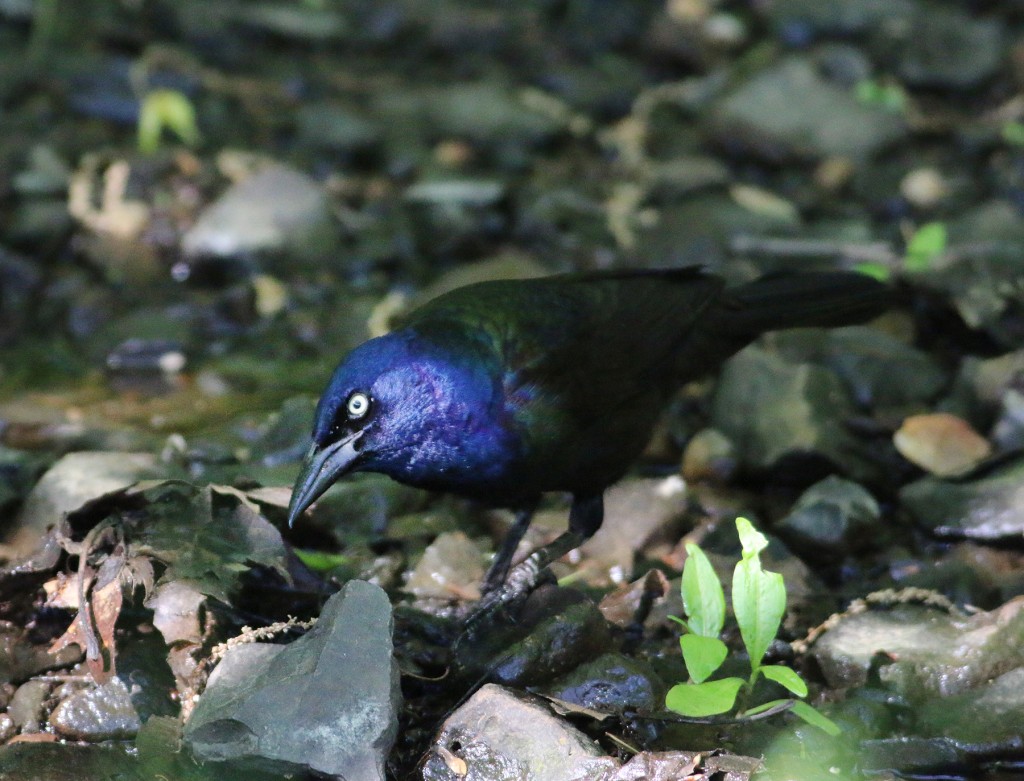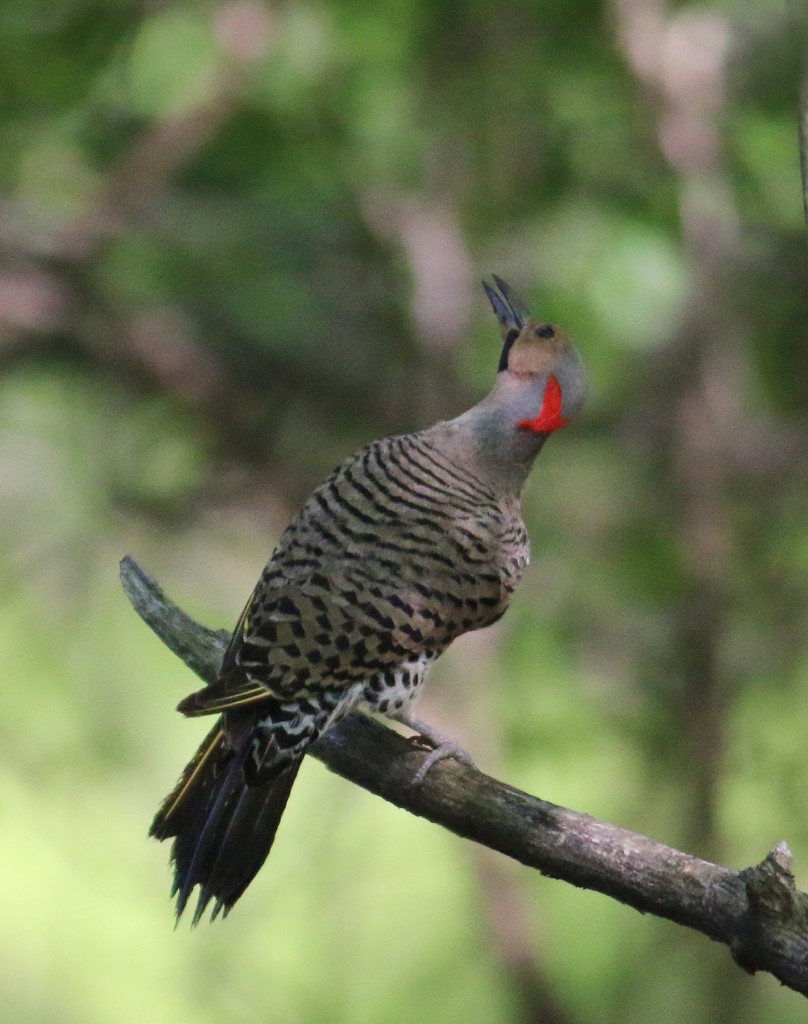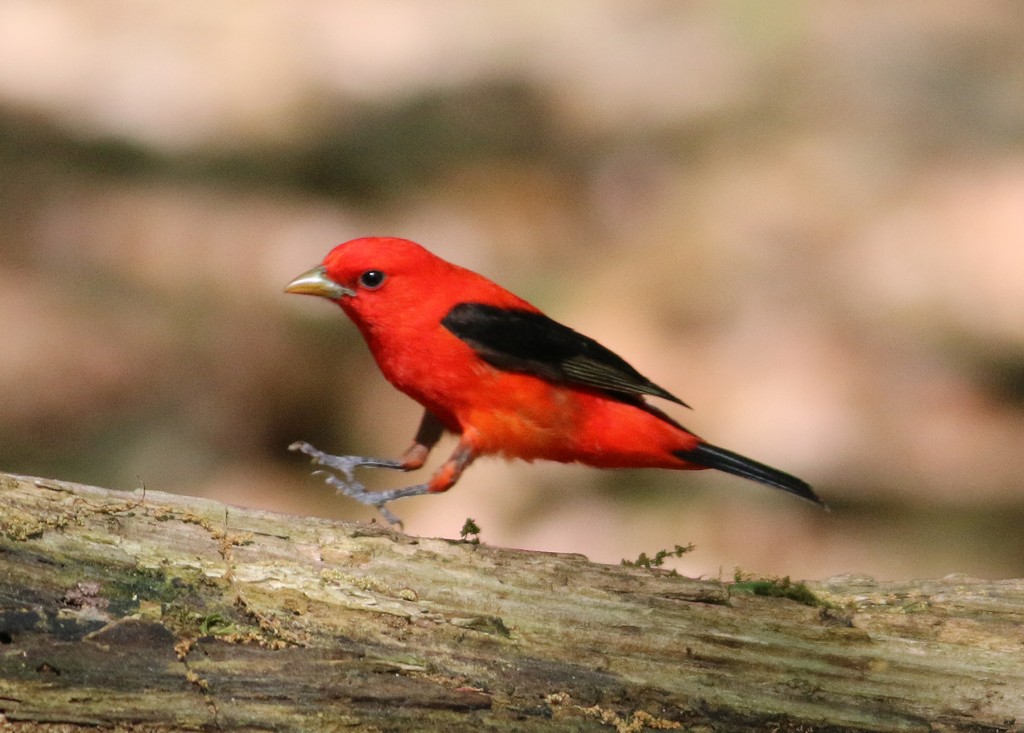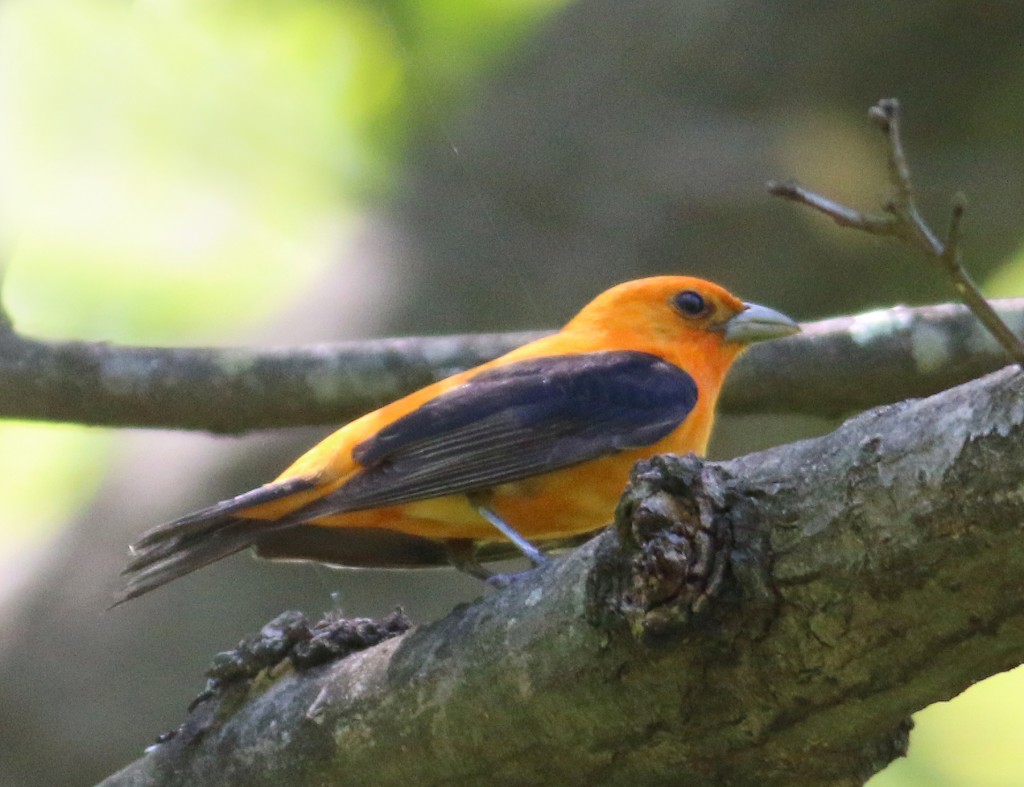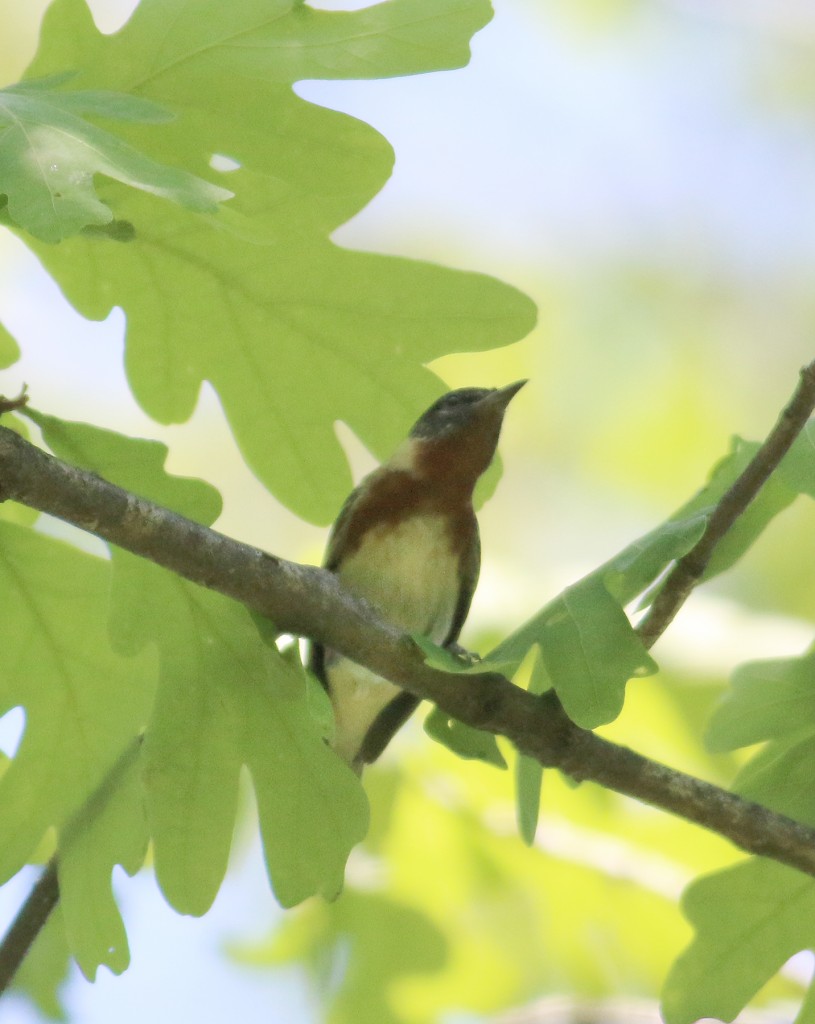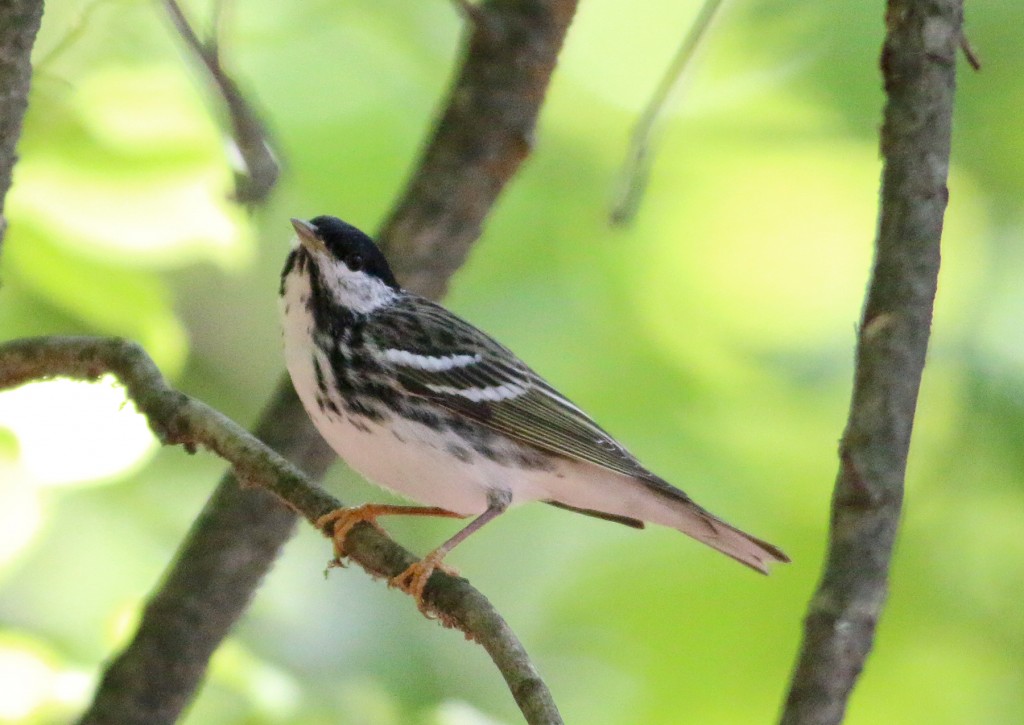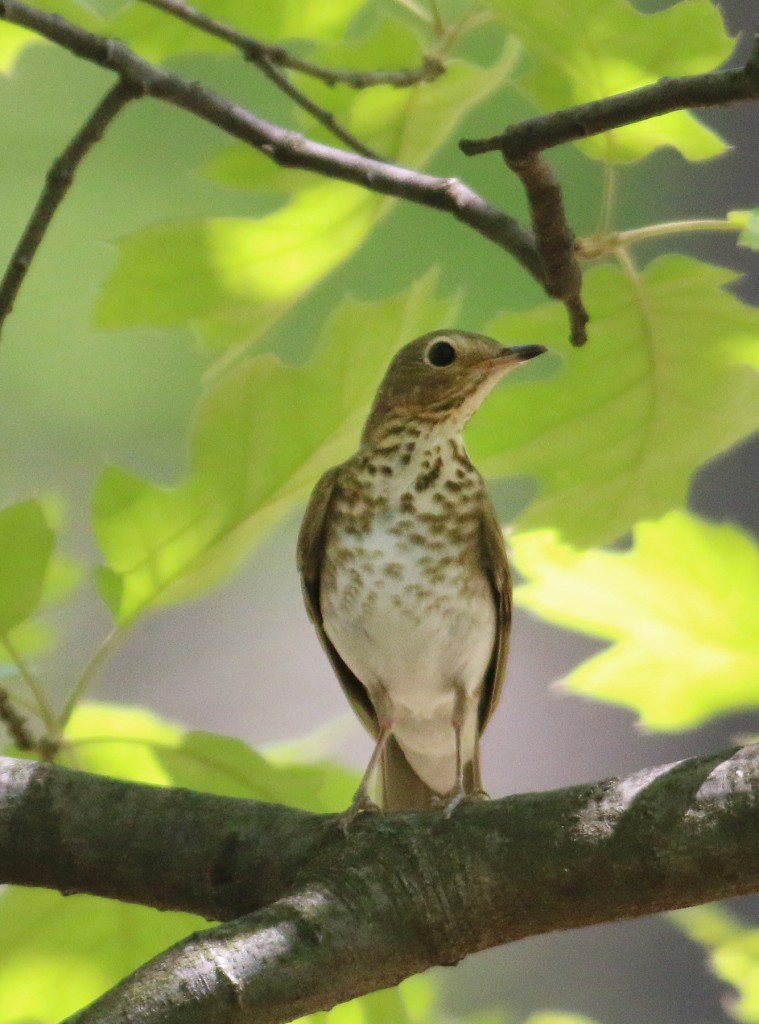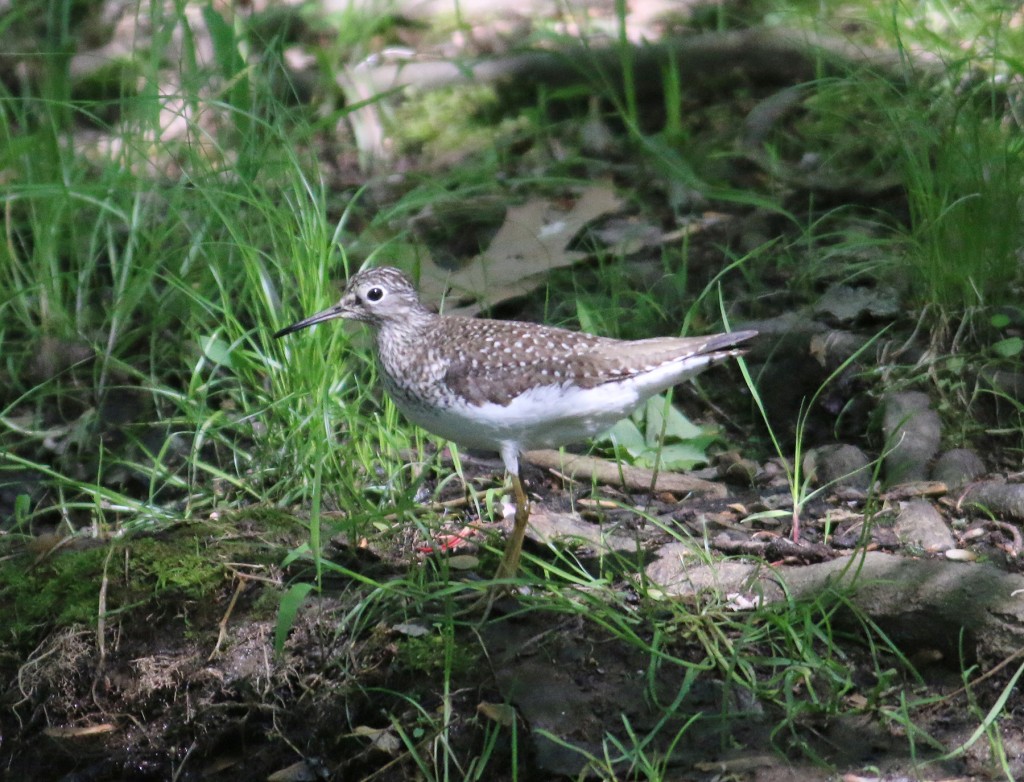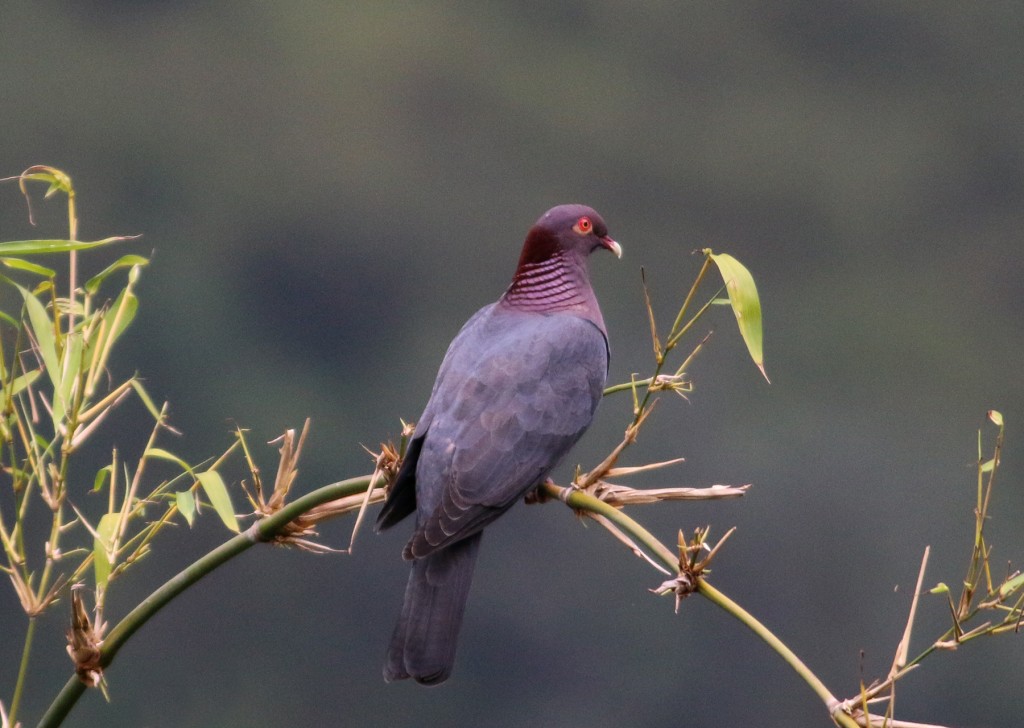Today was the day for the solar eclipse. Unfortunately, we are not located anywhere near the path of totality, and here in NJ only 74% of the sun was going to be eclipsed by the moon. To ‘celebrate’, Jeanine and I headed out canoeing into the Sedge Islands, which were nearly devoid of people. Right on schedule, the skies darkened somewhat and then started brightening again. (A sidetrack: are you as amazed as I am that we can predict these astronomical events with such stunning accuracy? Thank you, scientists!) Shortly after finishing our post-ecliptical lunch, we found ourselves at the inlet where a sizeable congregation of birds were scattered on the exposed flats. We were scanning the flock, hoping for one of the rarer terns. After all, tomorrow would be one year since we found our first Sandwich Tern here in NJ. Sometimes it feels somewhat pointless to sort through Common Tern after Common Tern, hoping for something different. Yet there it was: after scanning a hundred-and-one Common Terns, we found a tern slightly larger than the numerous Commons, yet smaller than the nearby Royal Terns, with a black crest on back of its head. And to clinch it all, it had a long black bill with a yellow tip. Sandwich Tern!
That was great, but right next to it was another tern of the same size, with a black crest on back of its head and a long black bill. TWO Sandwich Terns!! Yowza!. An adult and an immature side-by-side. As if to confirm that they were unusual, both of them had silver bands on their right legs, although the bands were too small to get any identifying code, and my scope was at home.
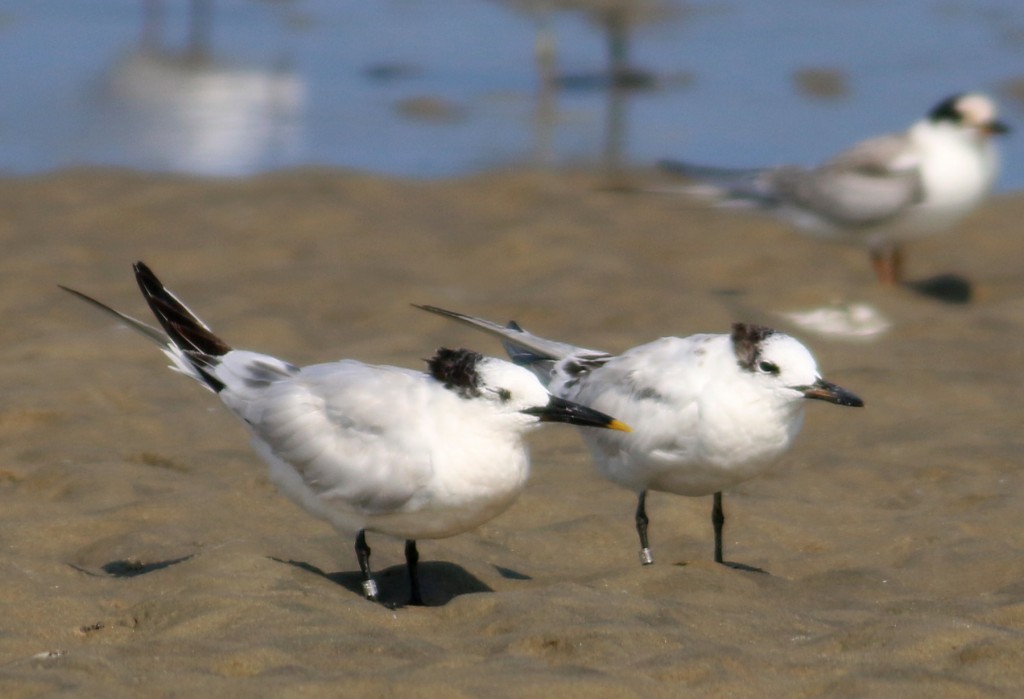
Adult and immature Sandwich Terns side-by-side. Seeing one of these in New Jersey is a treat; seeing two of them together is more than I could have hoped for.
It was interesting to speculate if we would have recognized the immature bird if the adult wasn’t nearby. Occasionally they would fly off and it wasn’t so easy to re-locate the immature tern even though we knew it was somewhere in the flock.
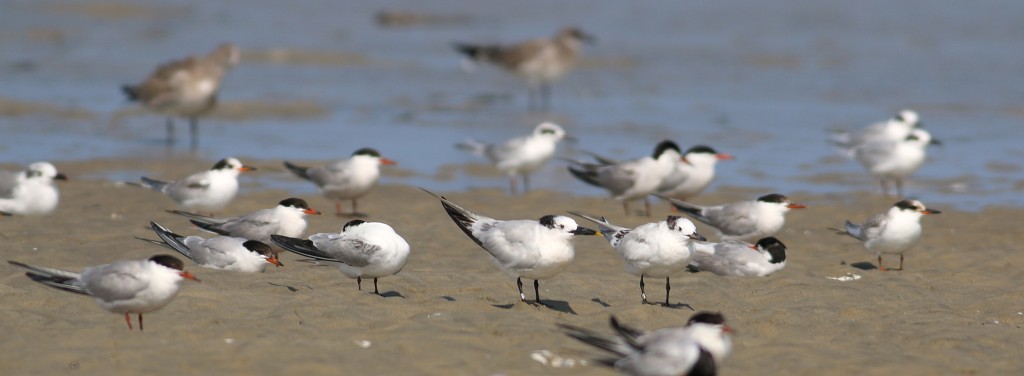
The two Sandwich Terns in the midst of the flock of Forster’s and Common Terns. Could you pick them out? Note that they are slightly larger and lighter and longer-legged than the more numerous mid-sized terns
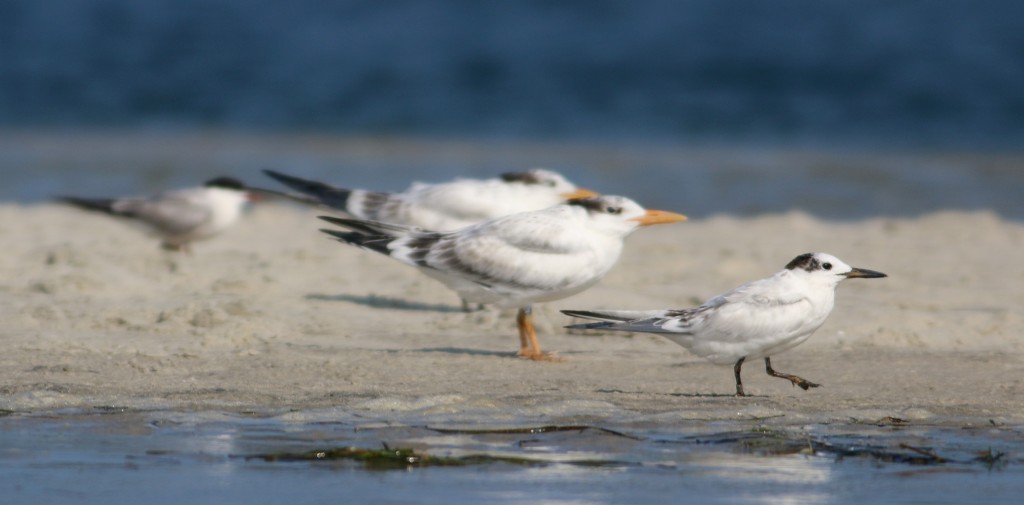
A size comparison of Sandwich Tern, which is intermediate between the larger Royal Terns, but larger than the Common Tern resting far in the background.
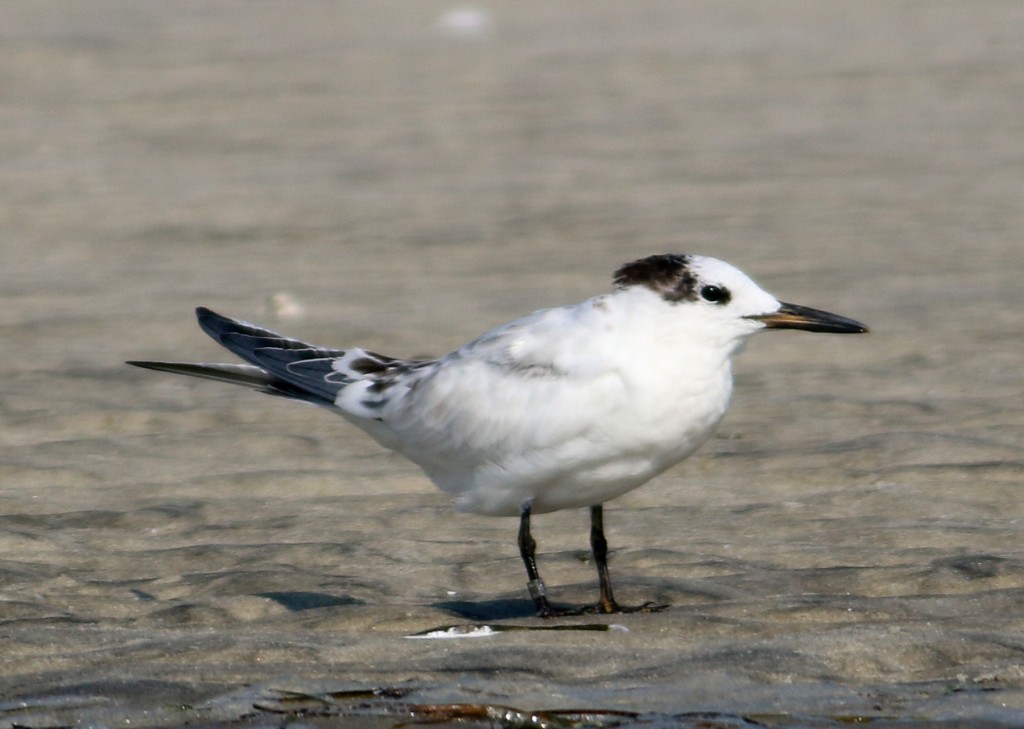
The immature Sandwich Tern. The black crest is distinctive, and it is a little bit larger than the more numerous Common Terns. But would we have been able to find it without the adult nearby? Would you?
That sighting by itself made it a great tern day, but as is usual for this location, we had great views of the more ‘regular’ species, so in the interest of equal time, I thought I’d share photos of some of the others.
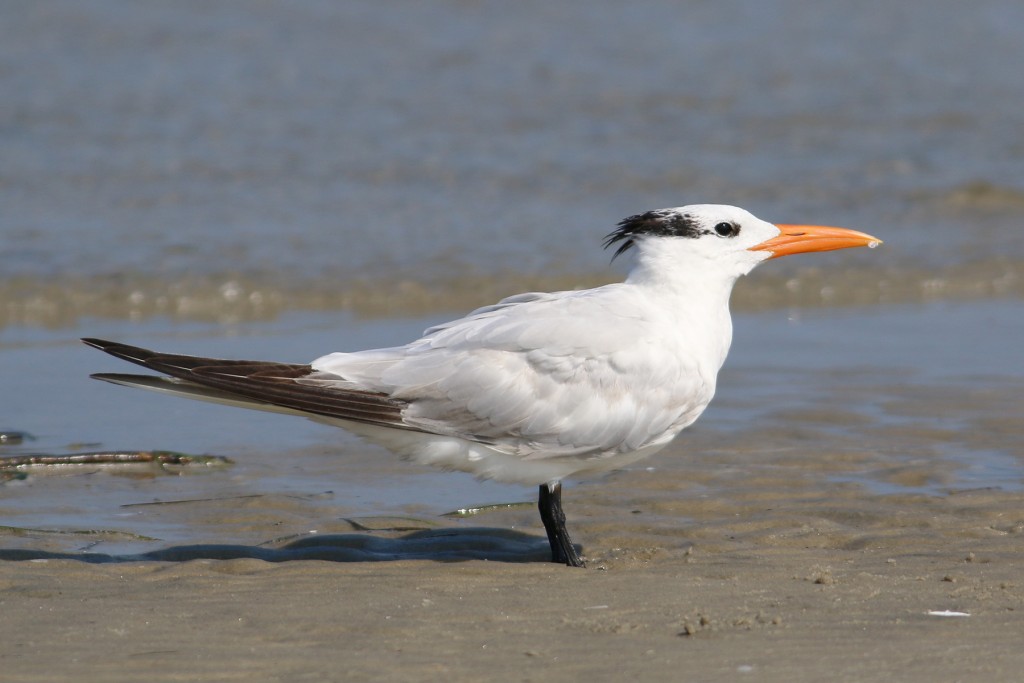
Here’s an adult Royal Tern, with its shaggy crest. That huge orange-yellow bill easily distinguishes it from the Sandwich Terns. Sandwich Terns like to congregate with Royals, so anytime I see a flock of Royal Terns, my antenna goes up.
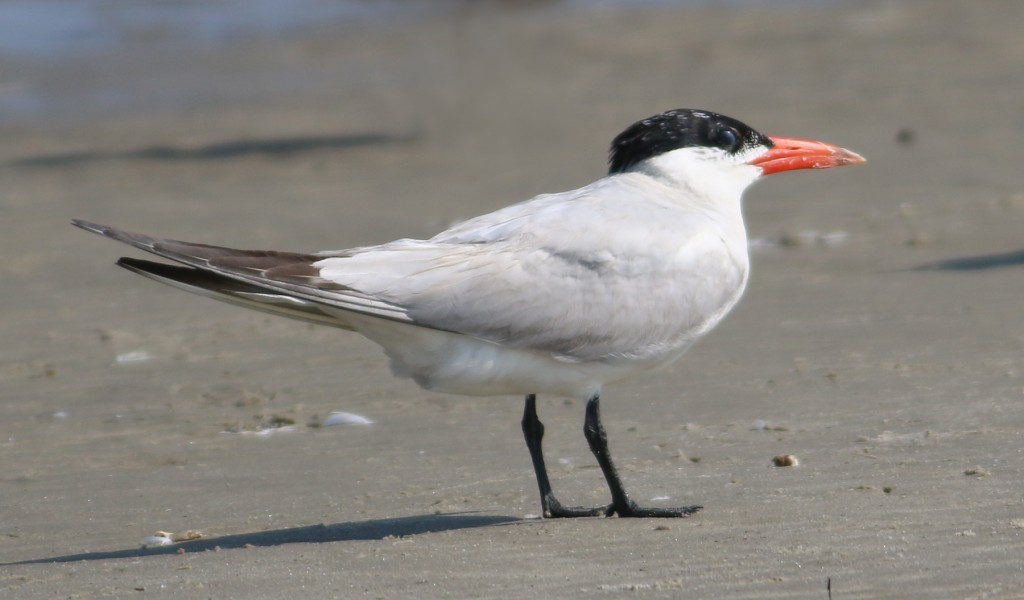
Caspian Tern. Like the Royal Tern, it has a huge bill and towers over the mid-sized terns. But its bill is on the red end of the orange-red spectrum, and has a smudgy tip to its bill. this time of year, it has a full black cap, unlike the Royals.
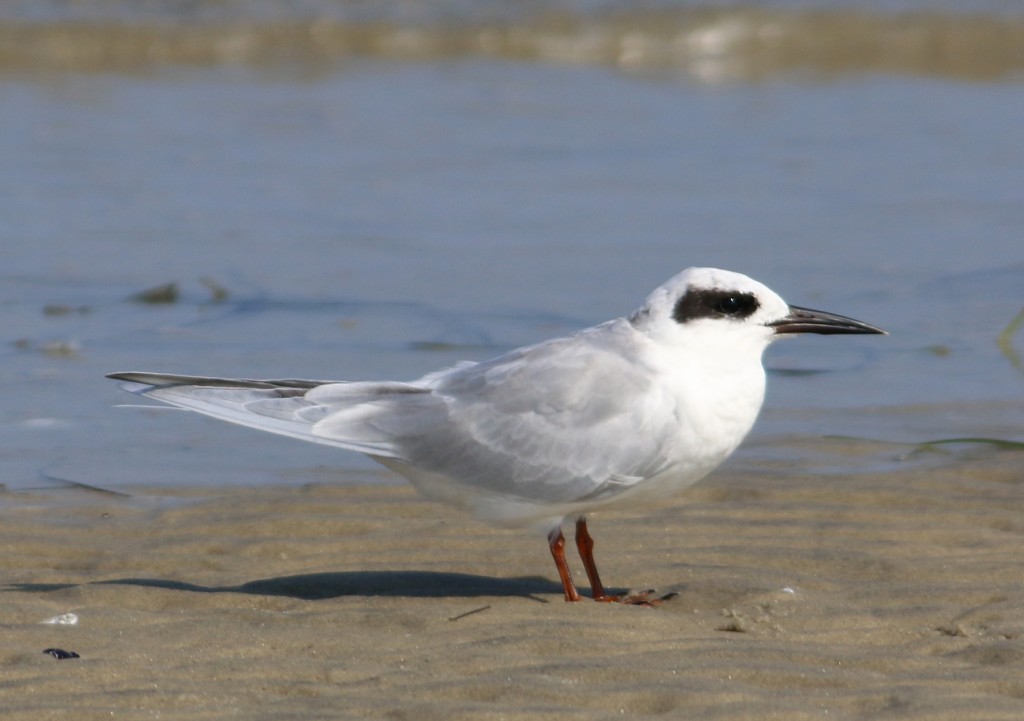
This is a Forster’s Tern. Immature and non-breeding Forster’s Terns have a black eye patch that easily distinguishes from the otherwise similar Common Terns.
